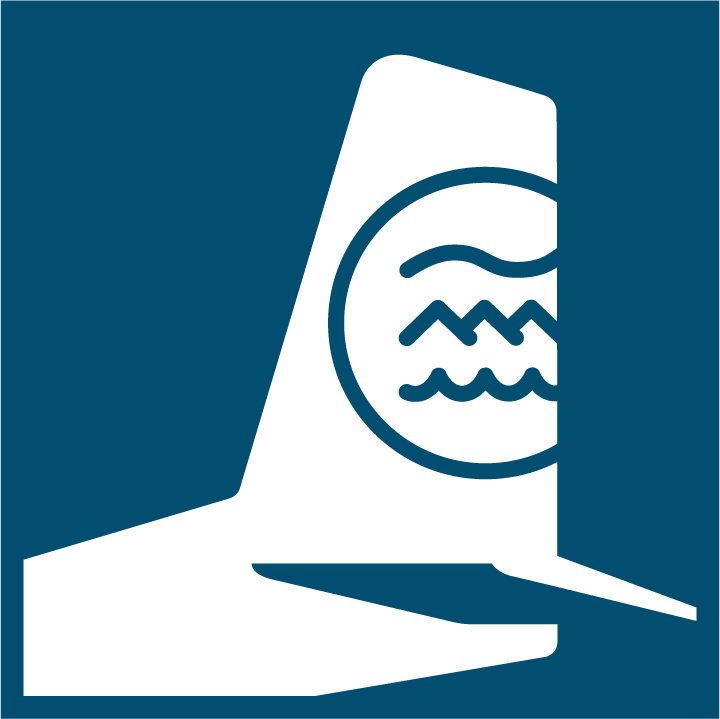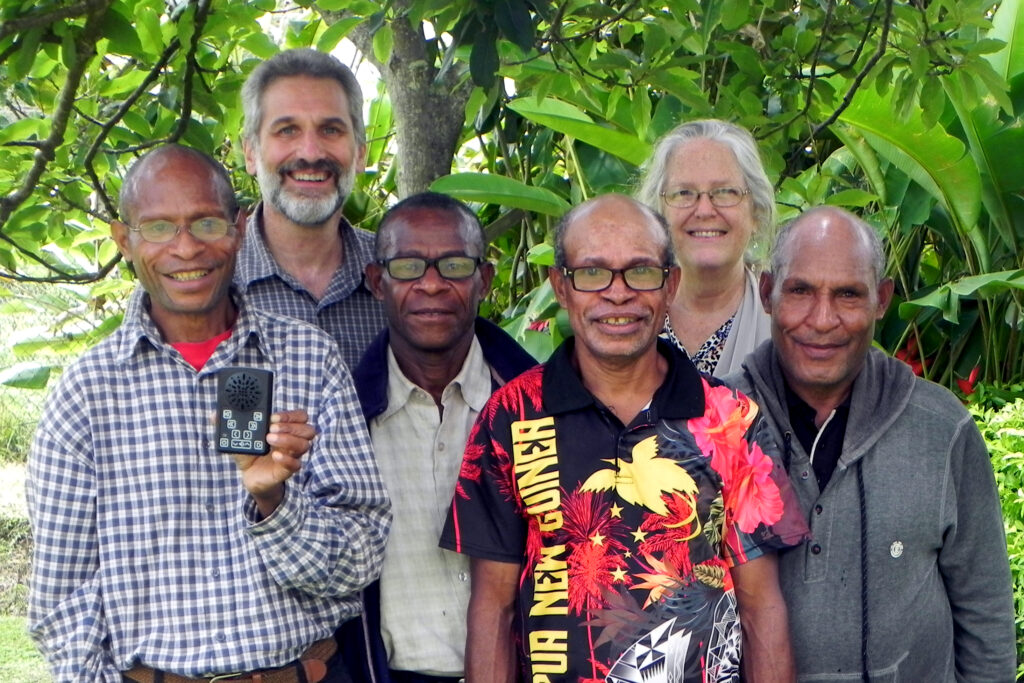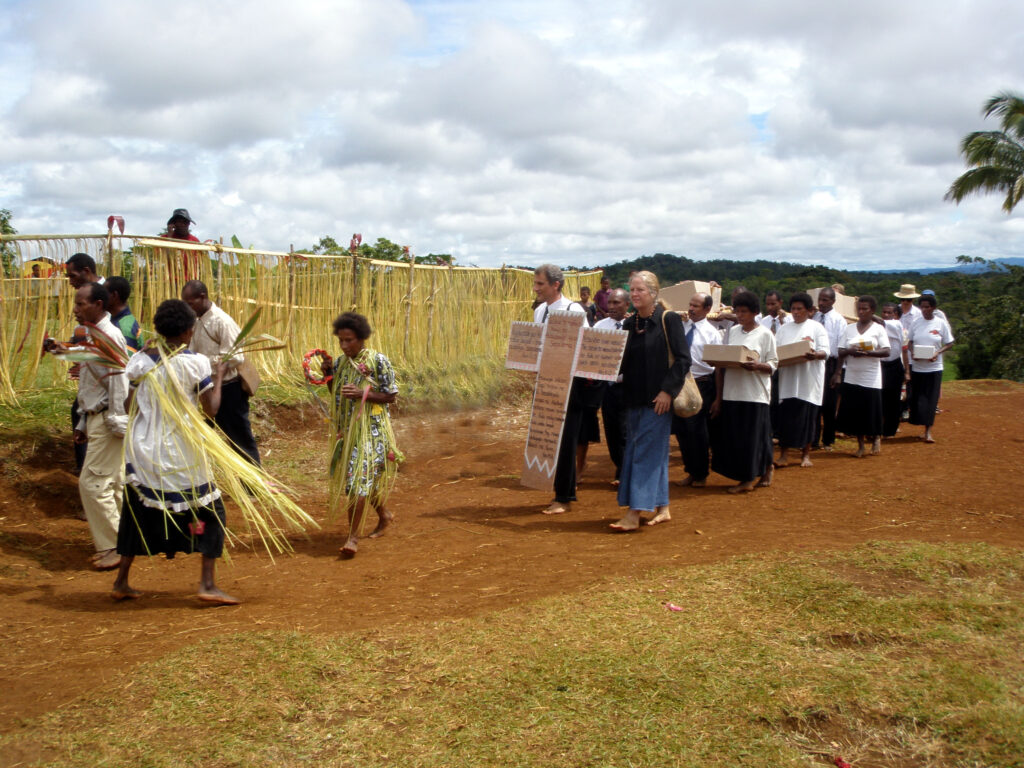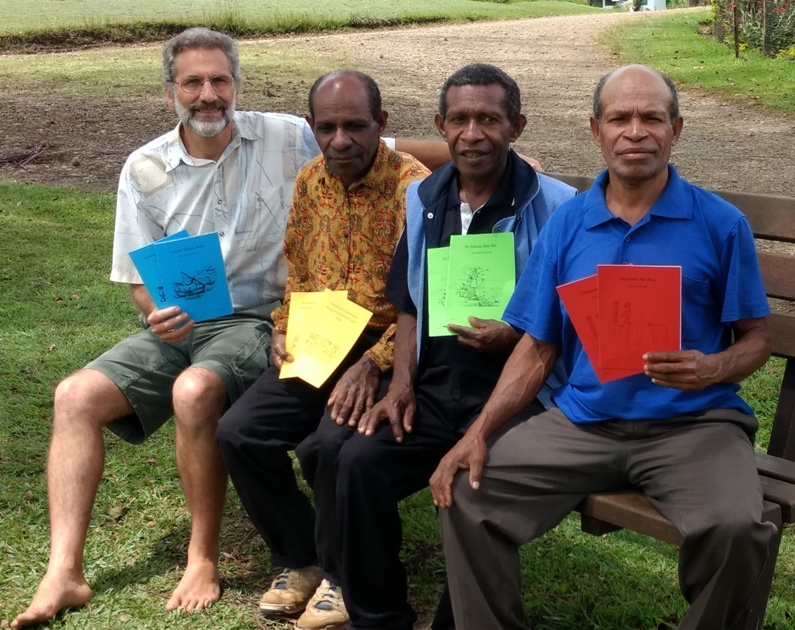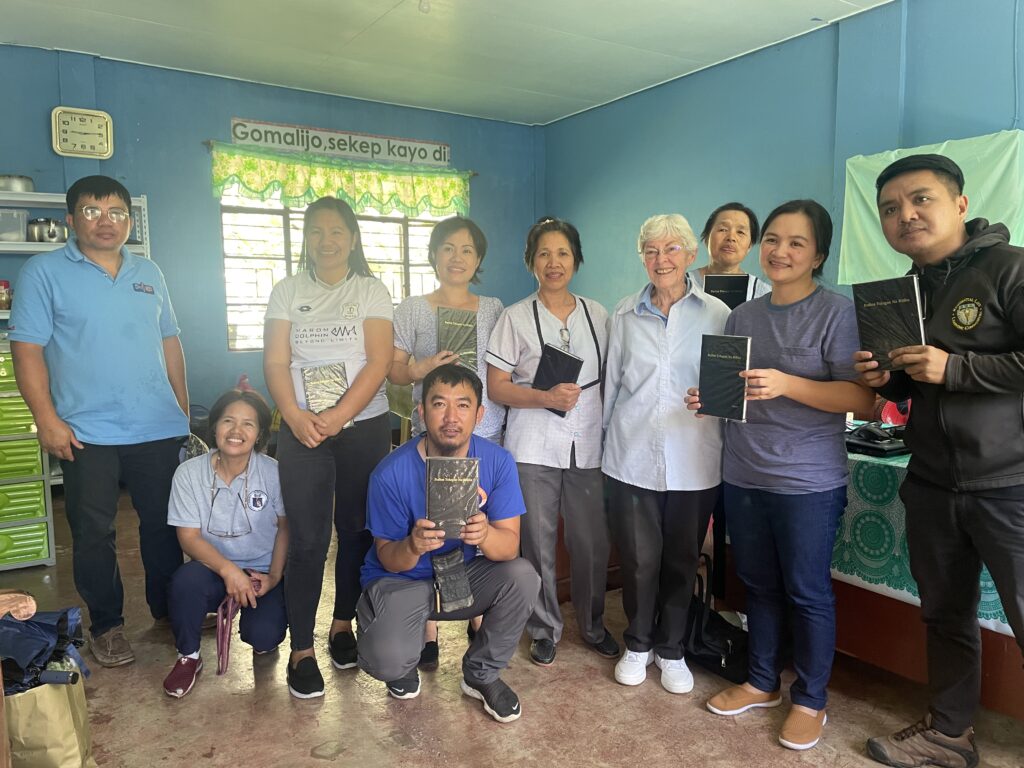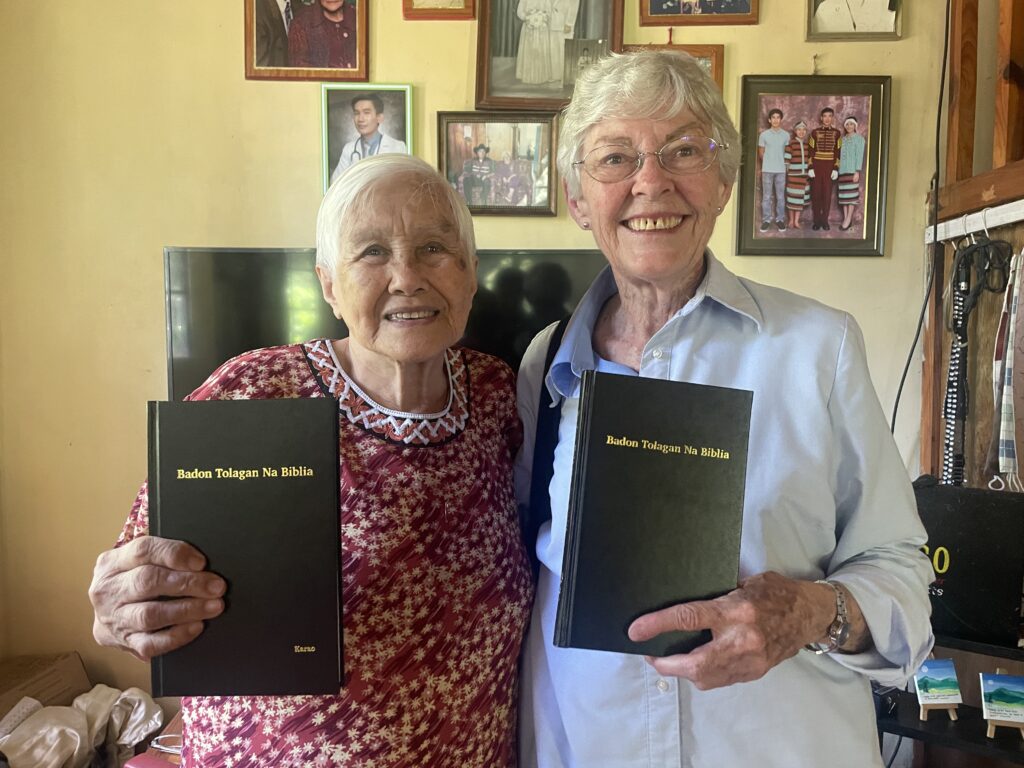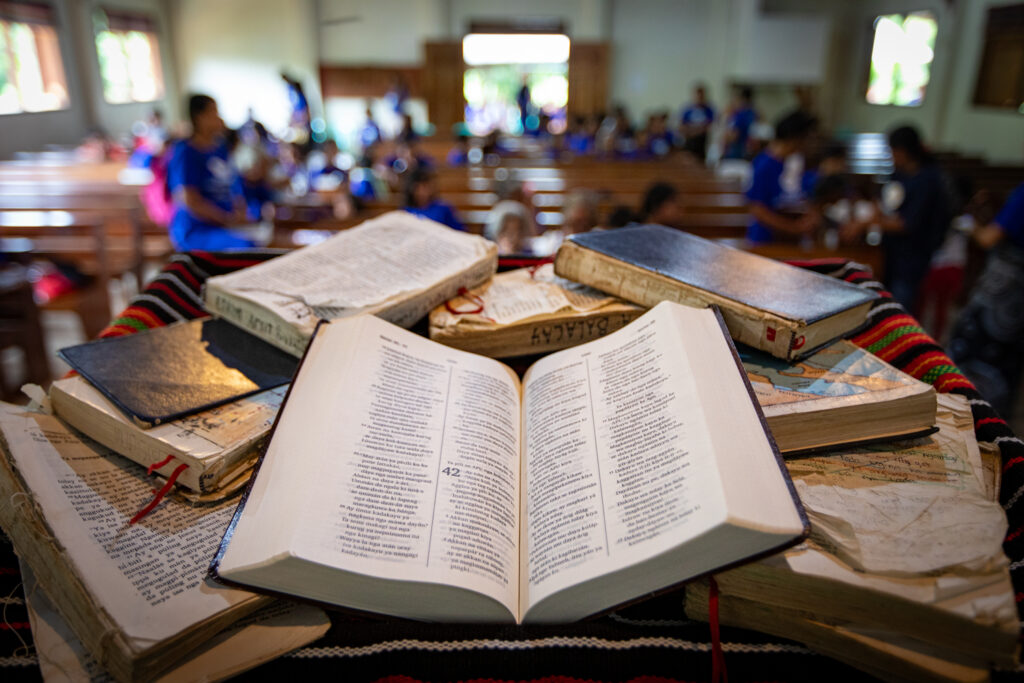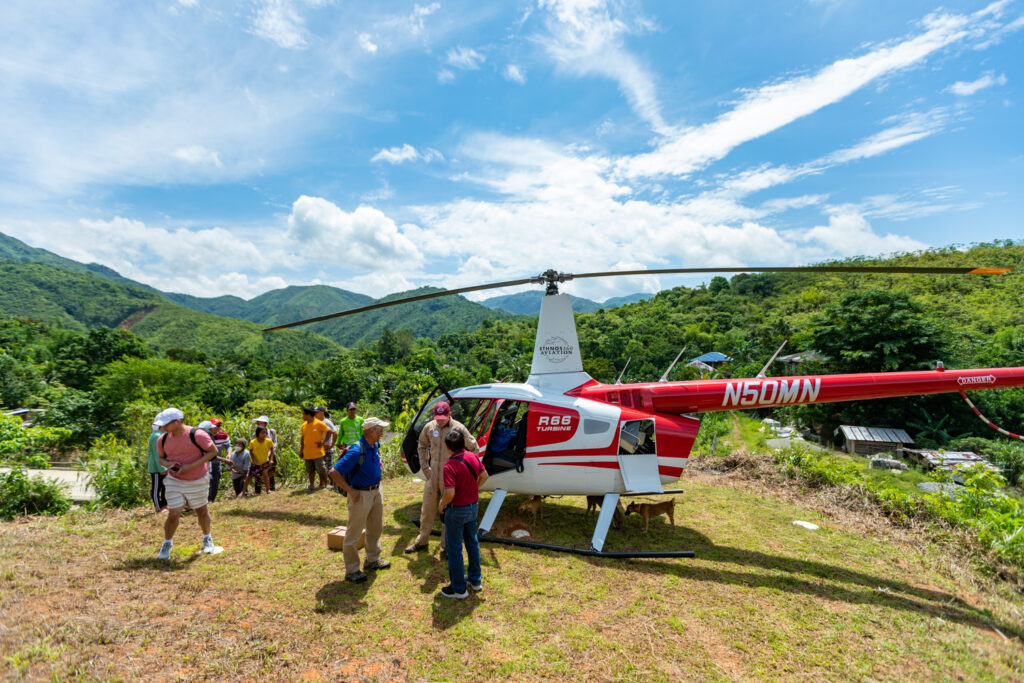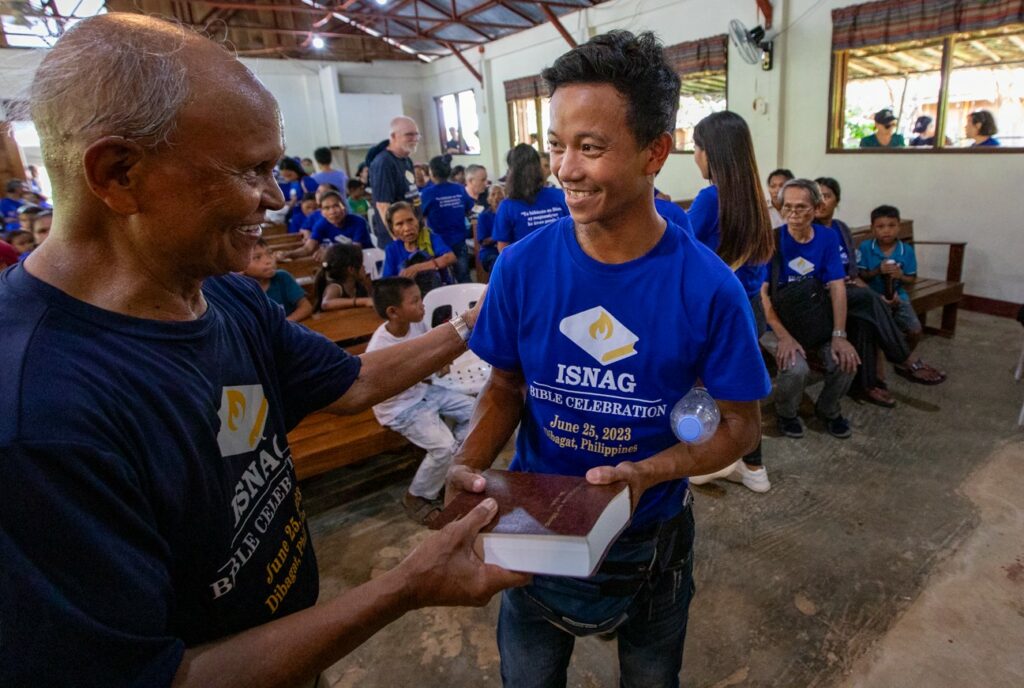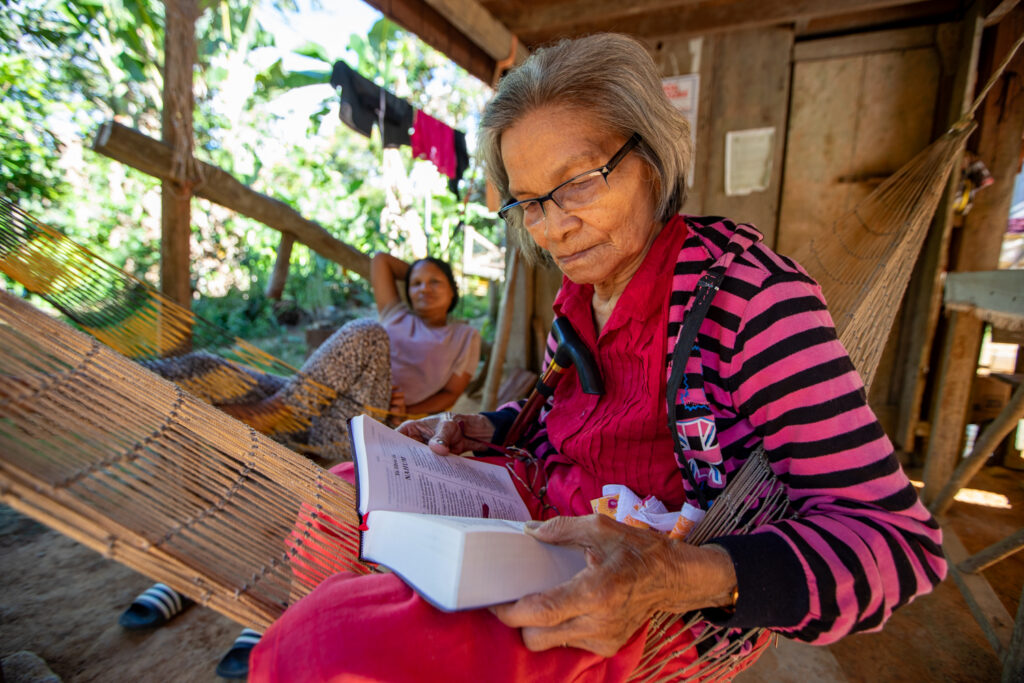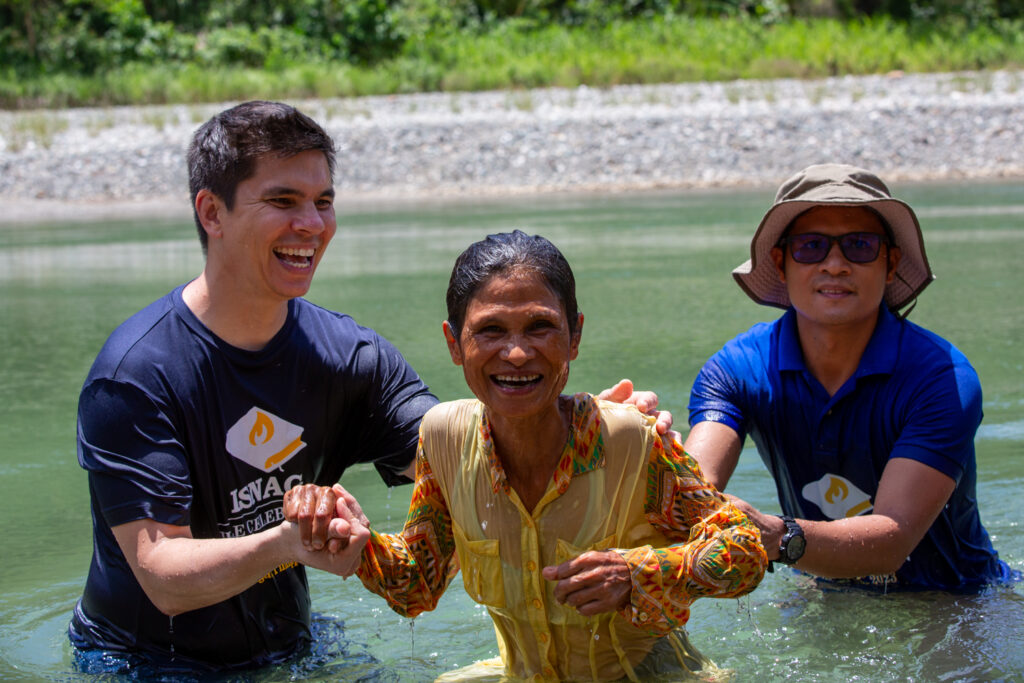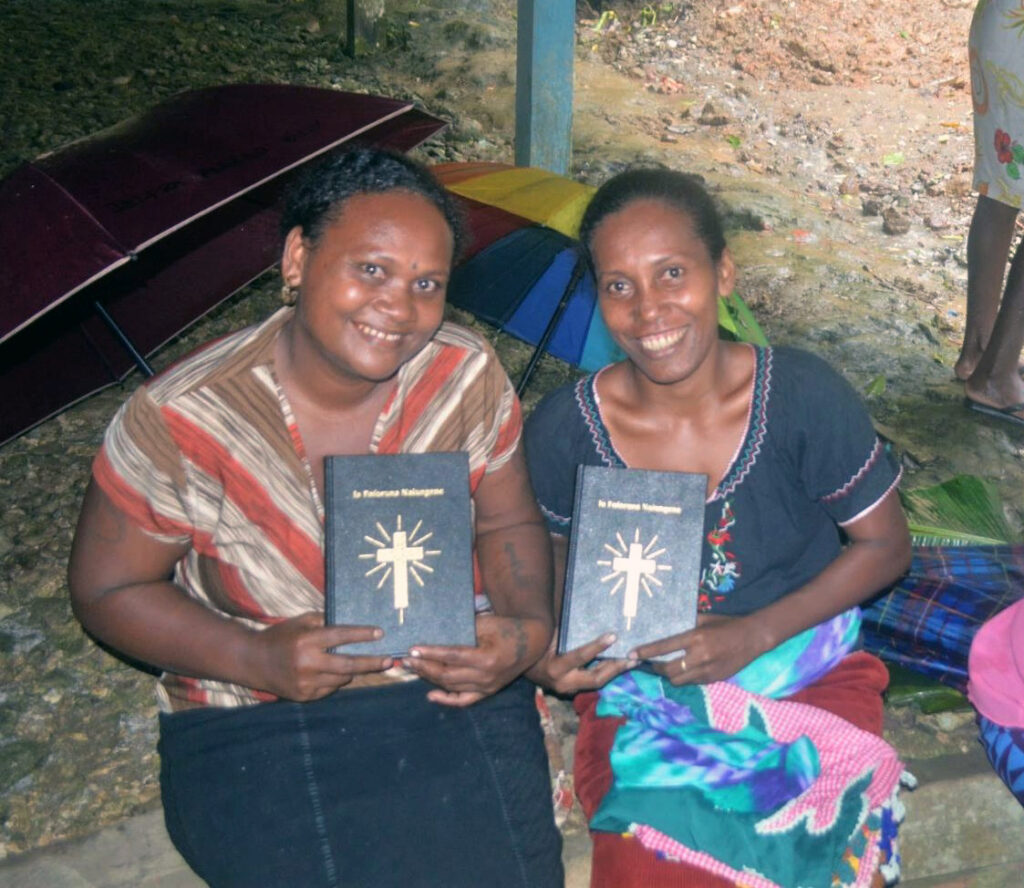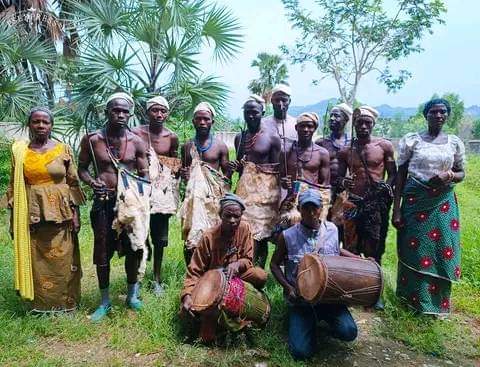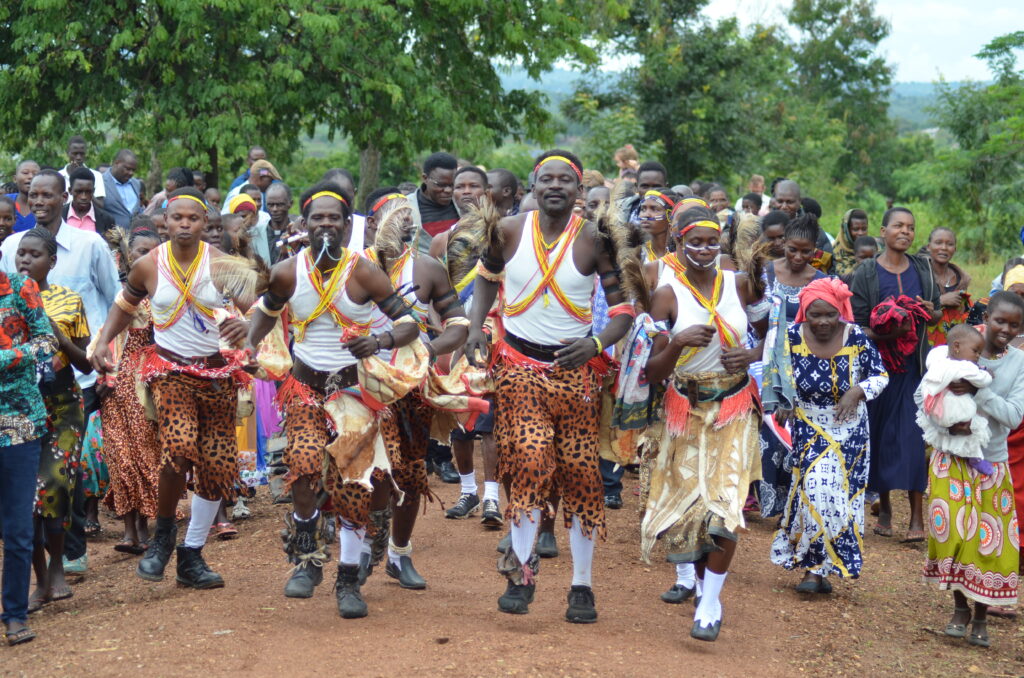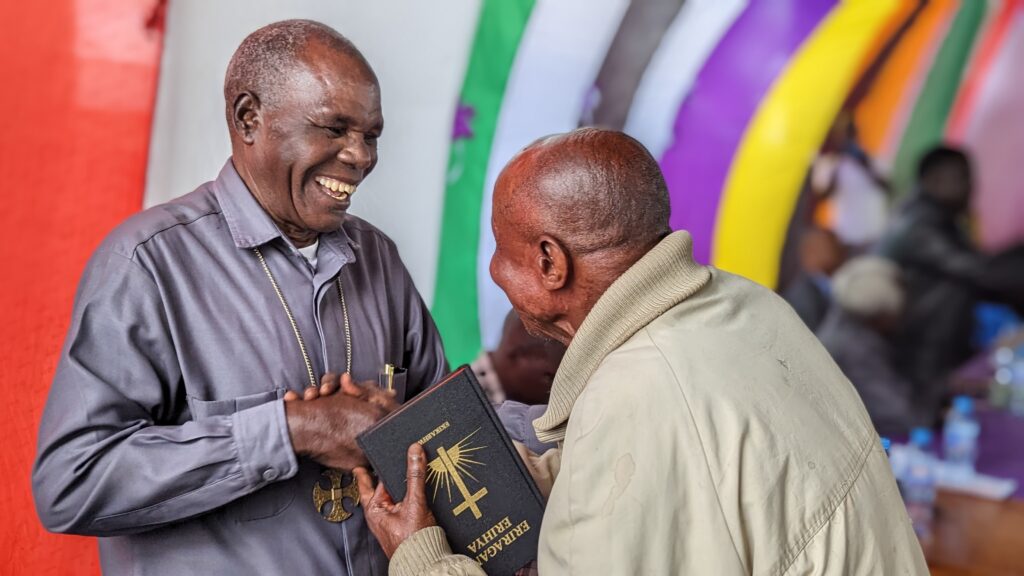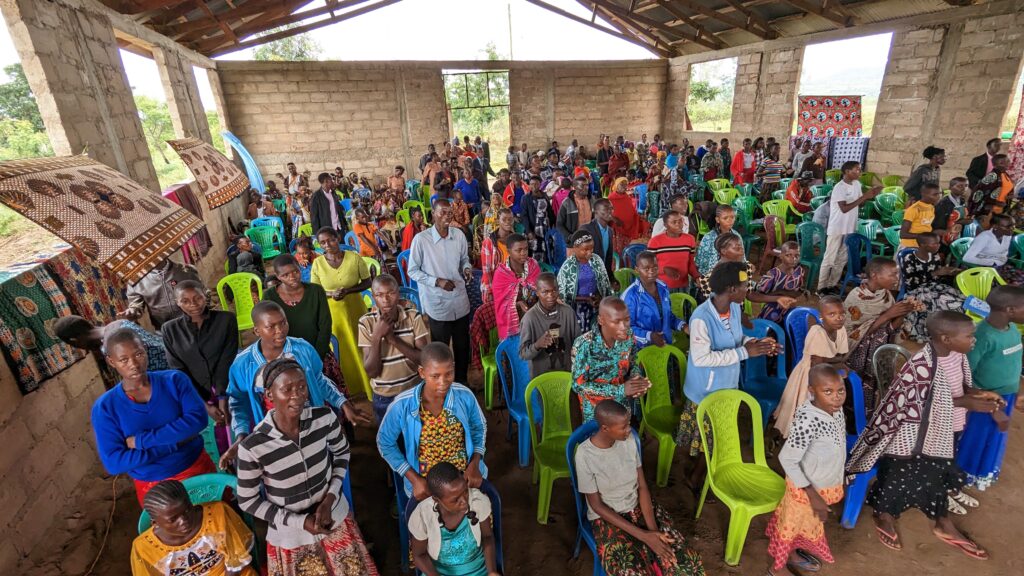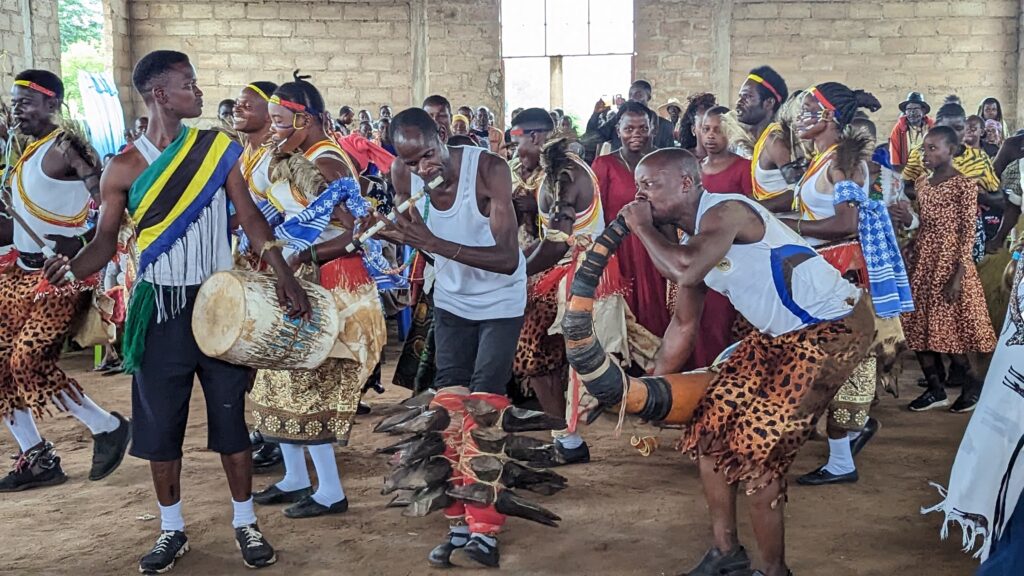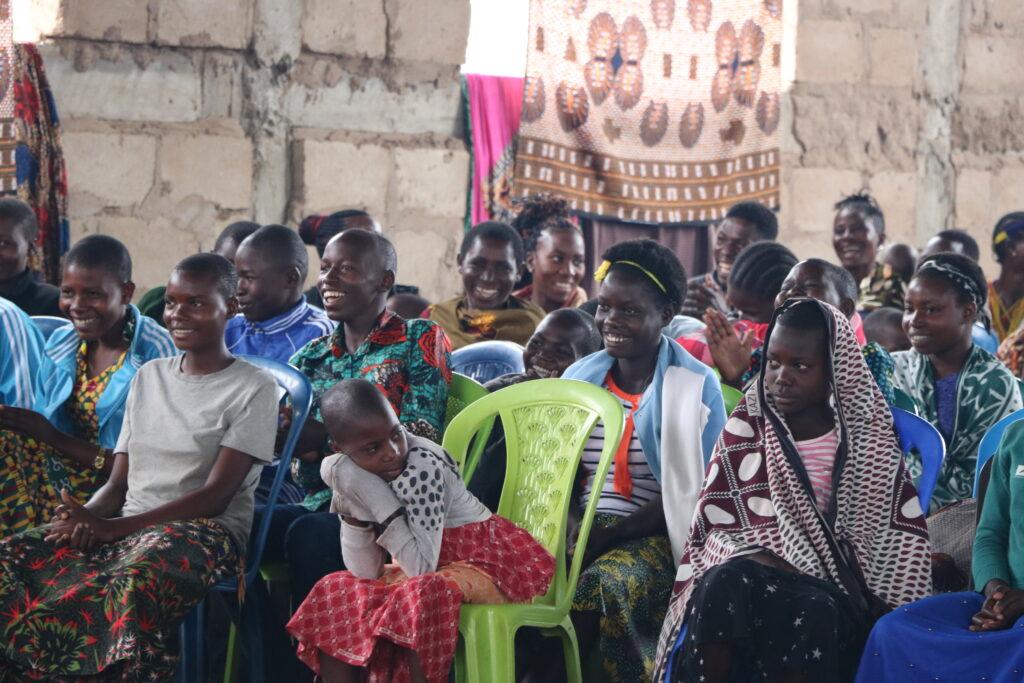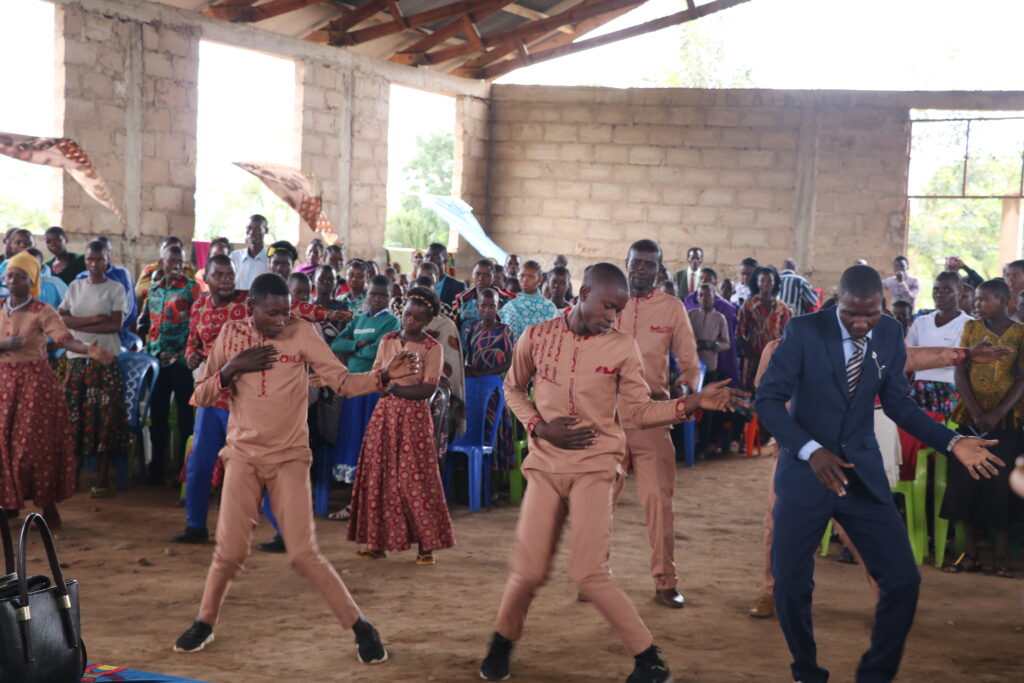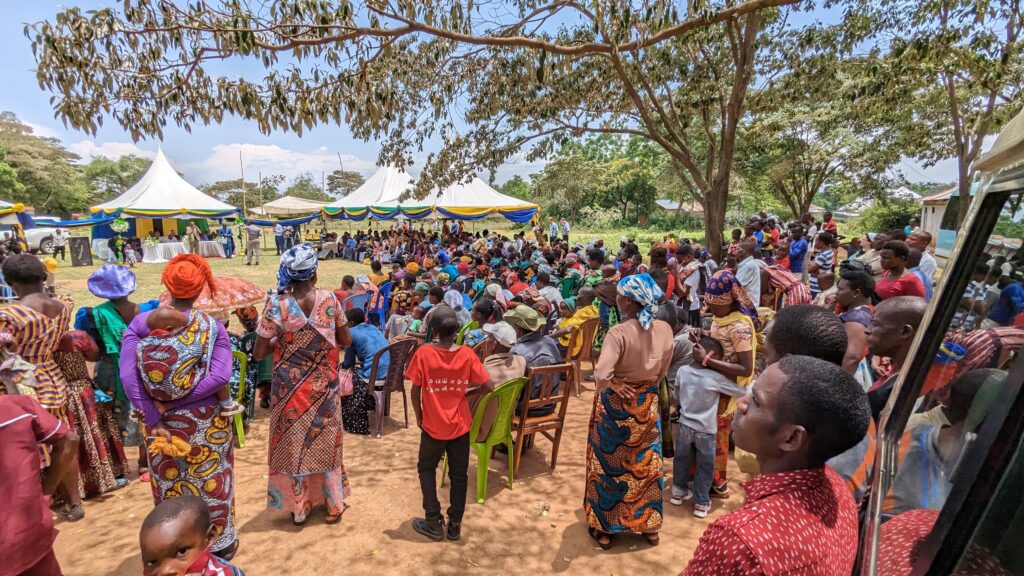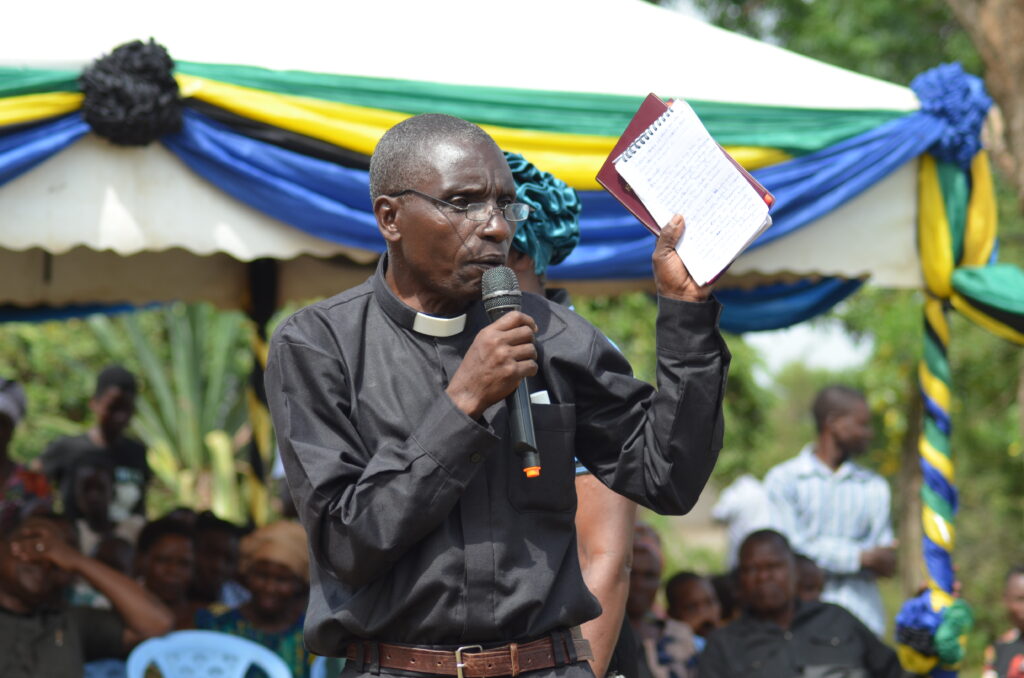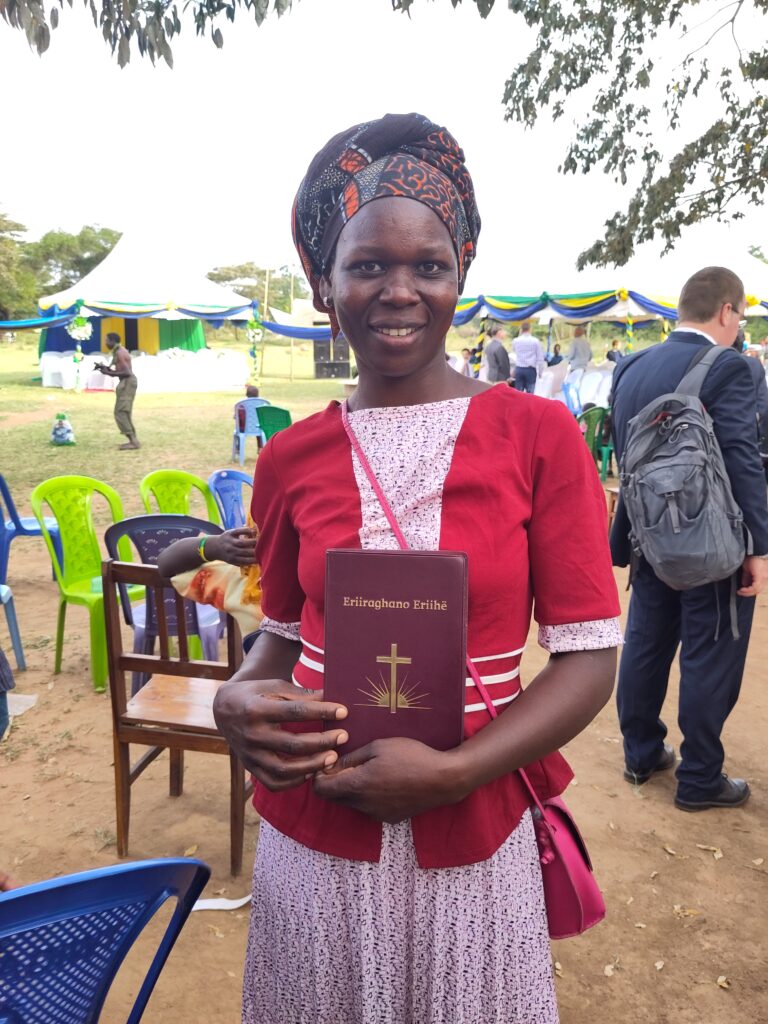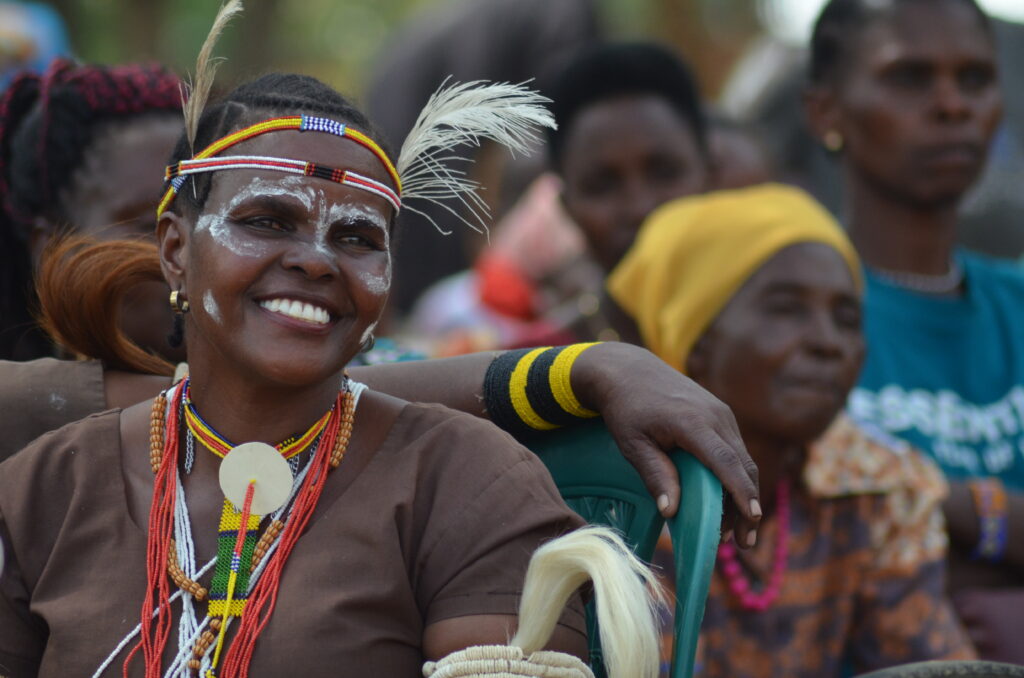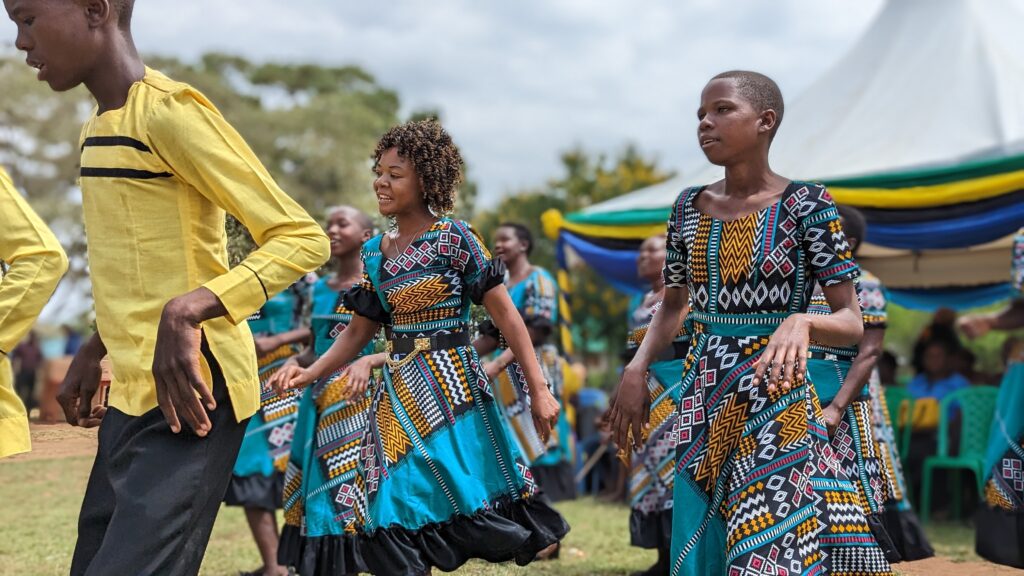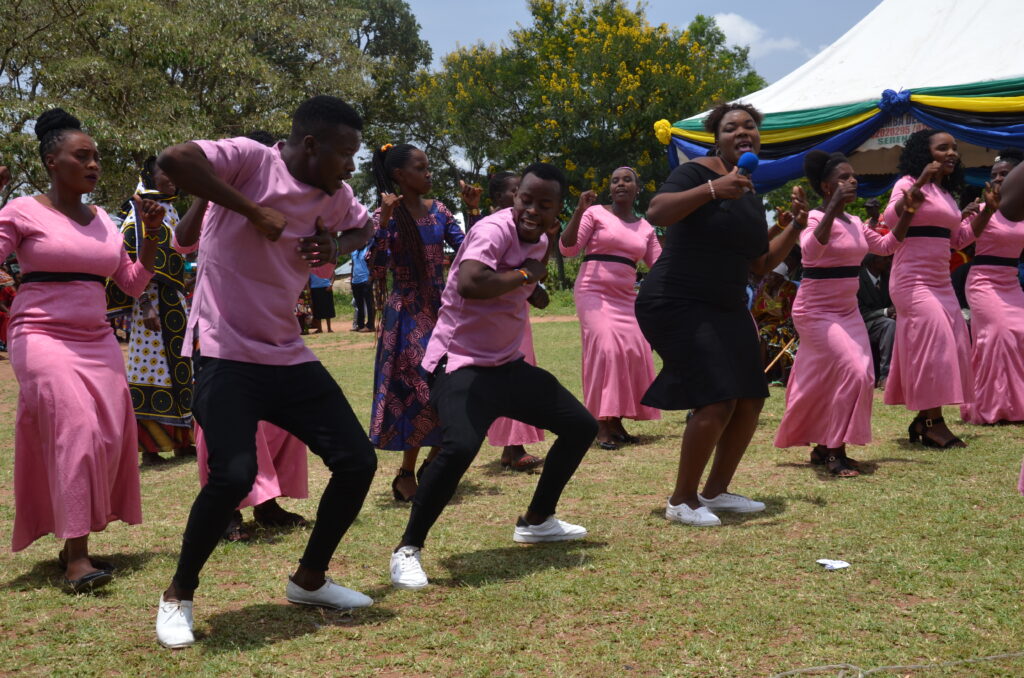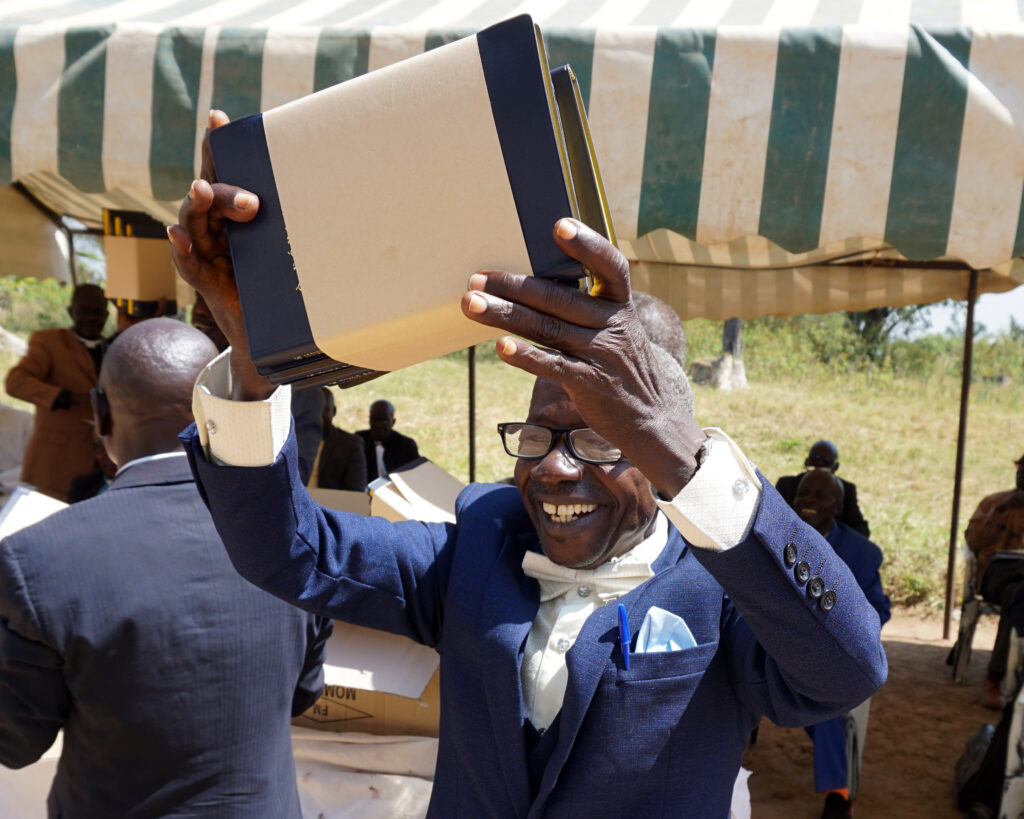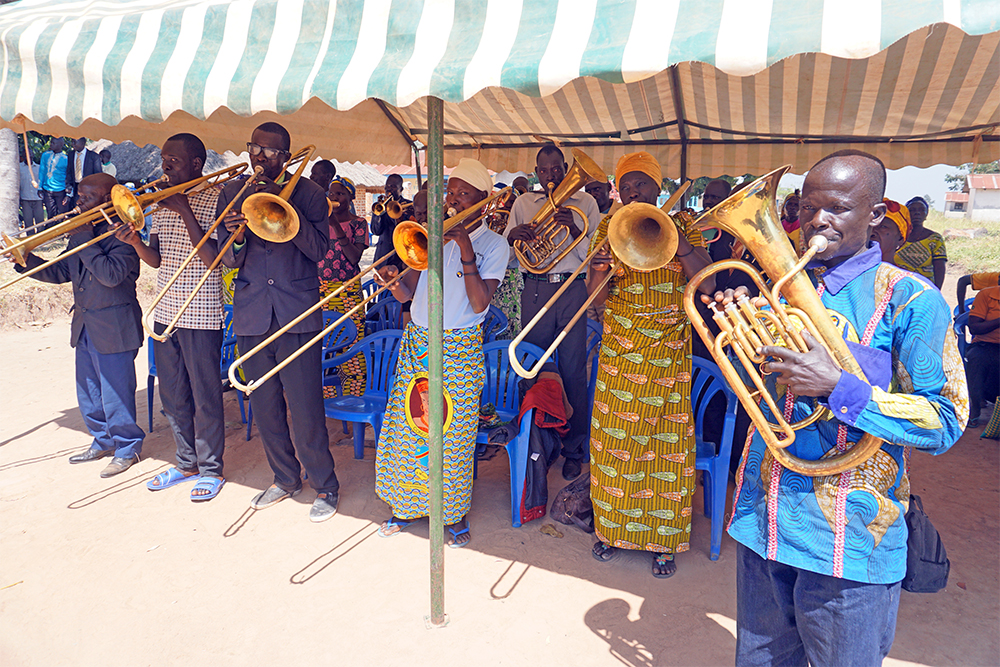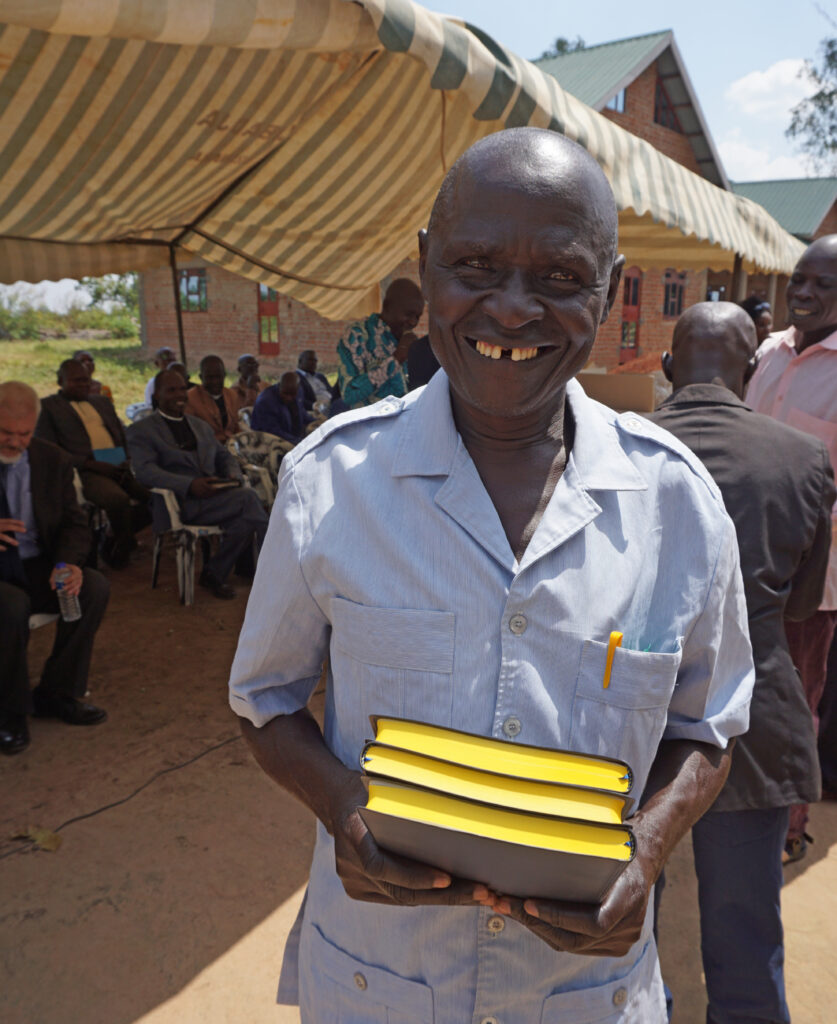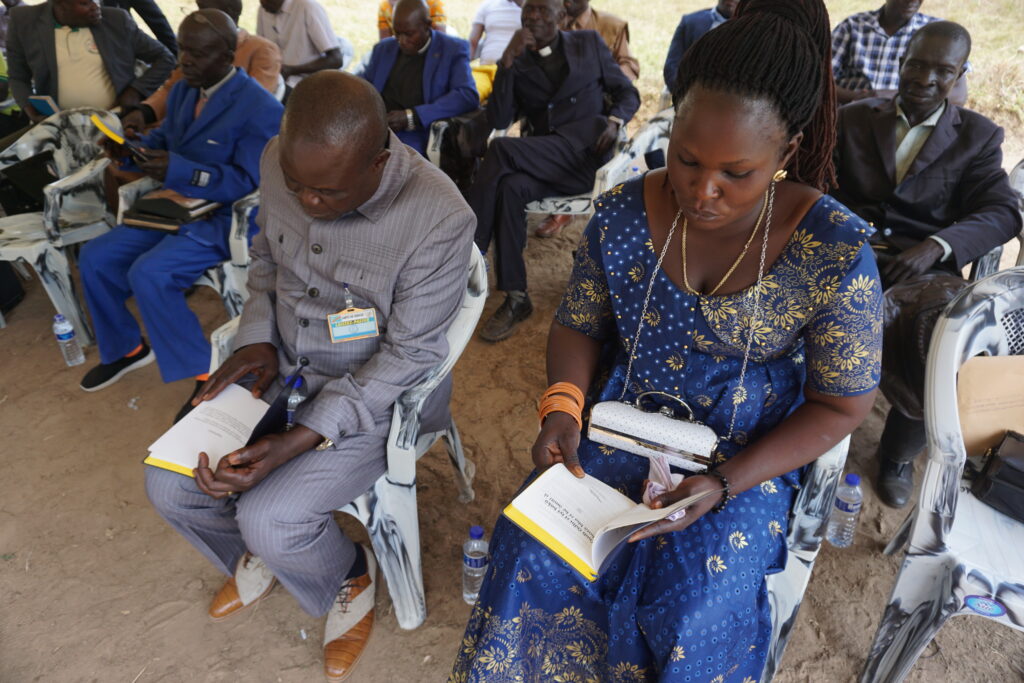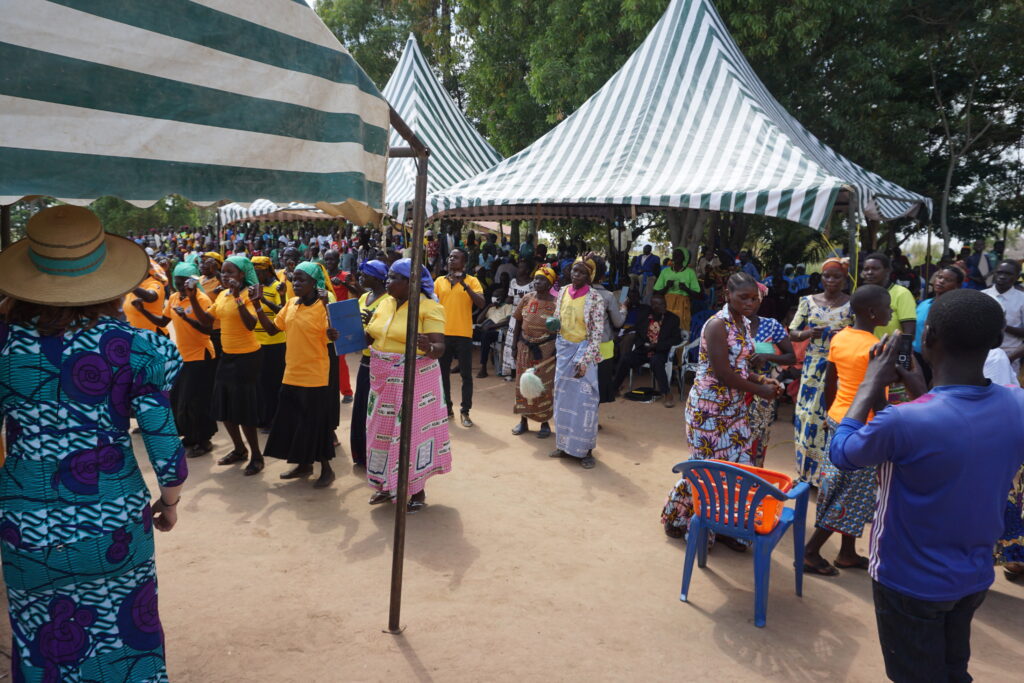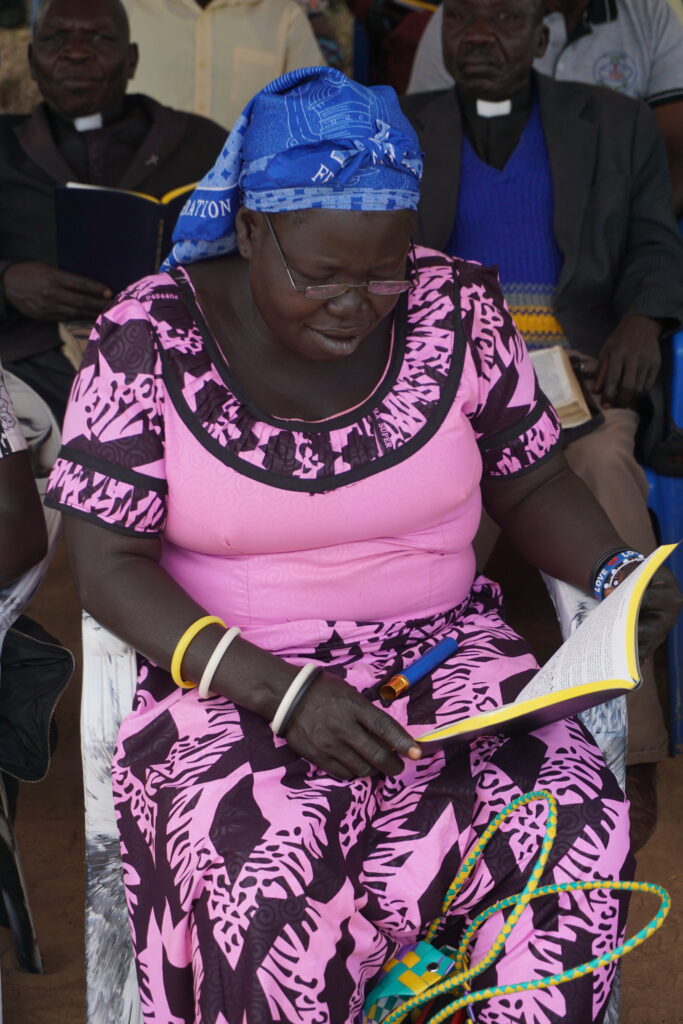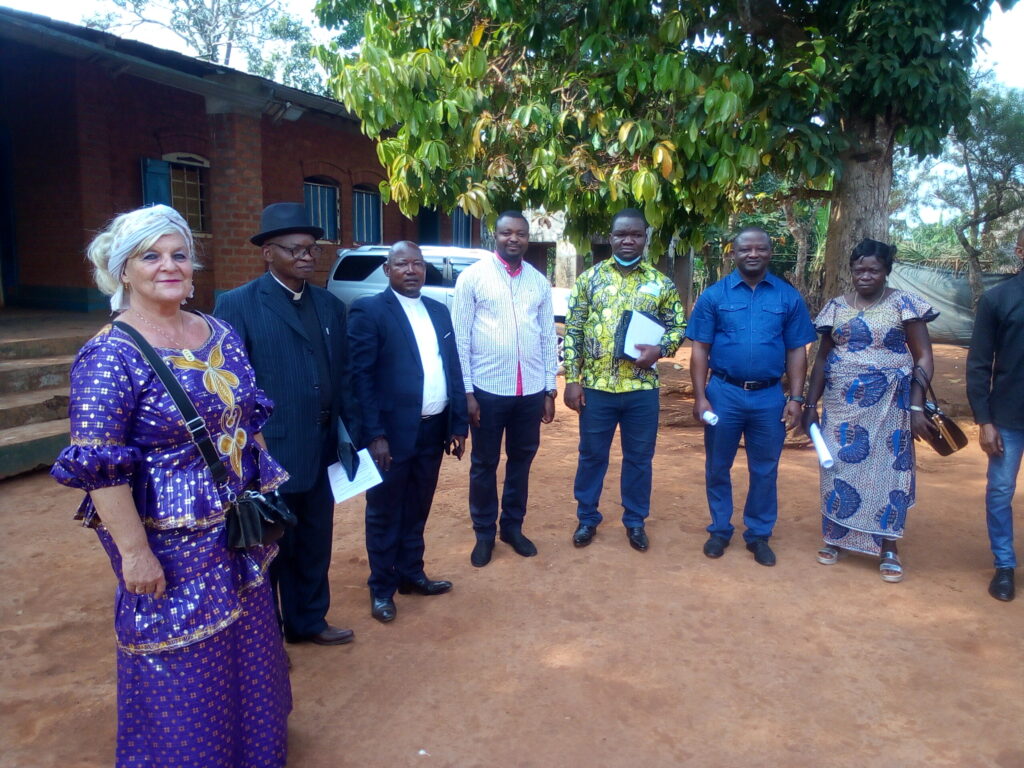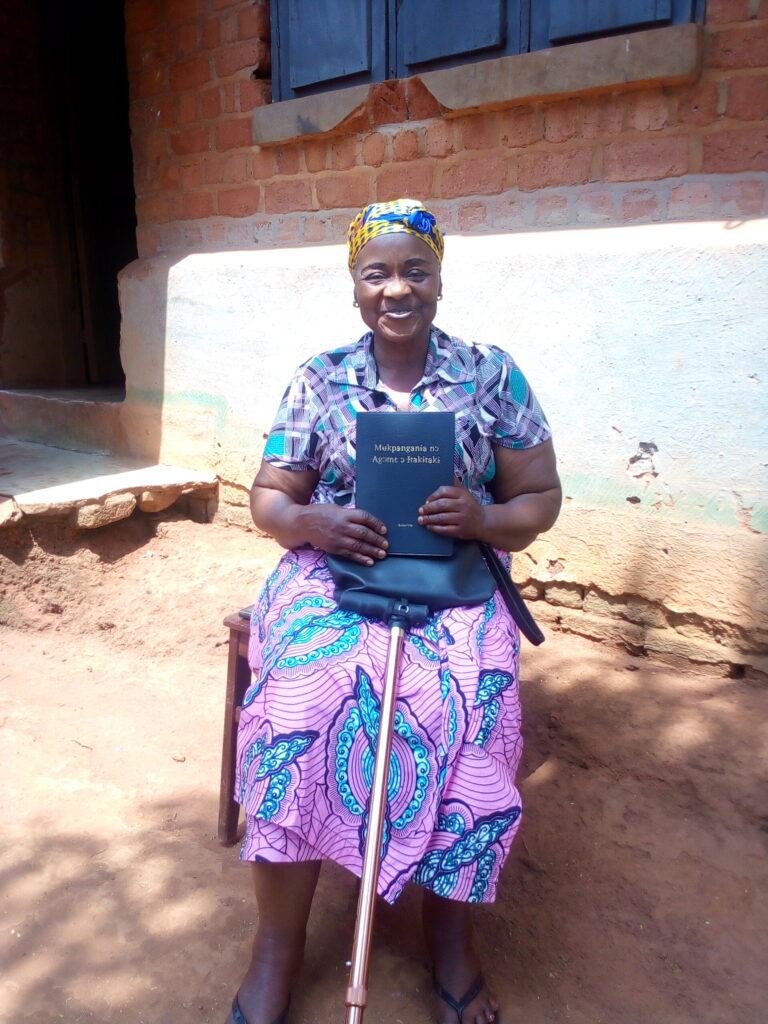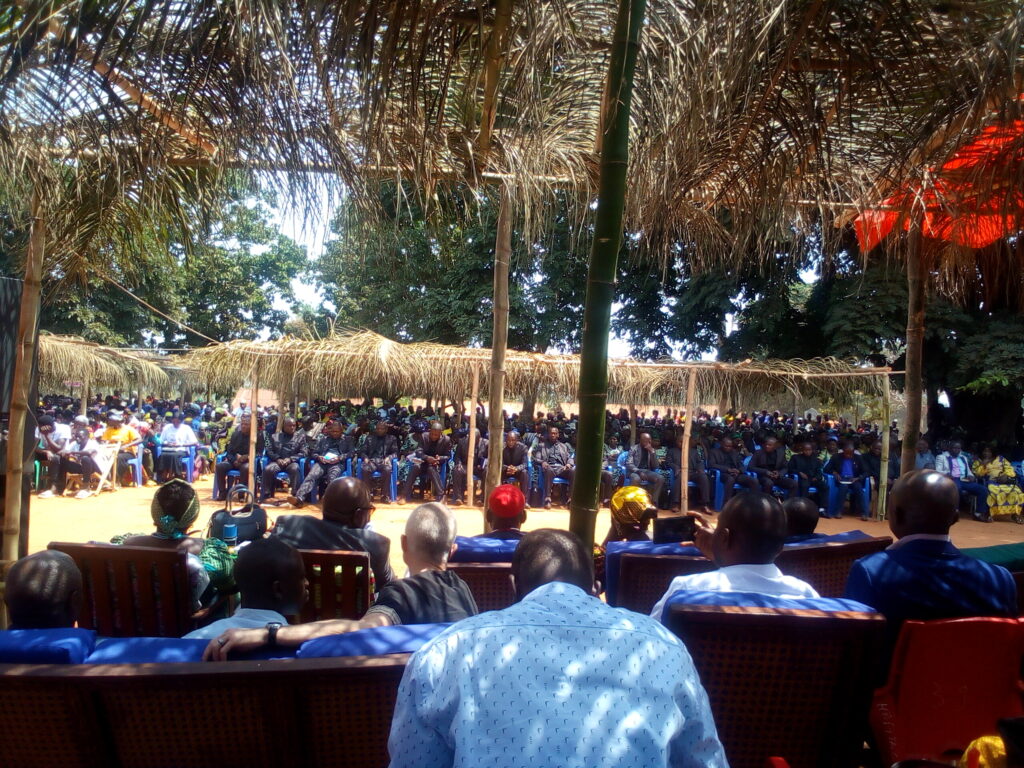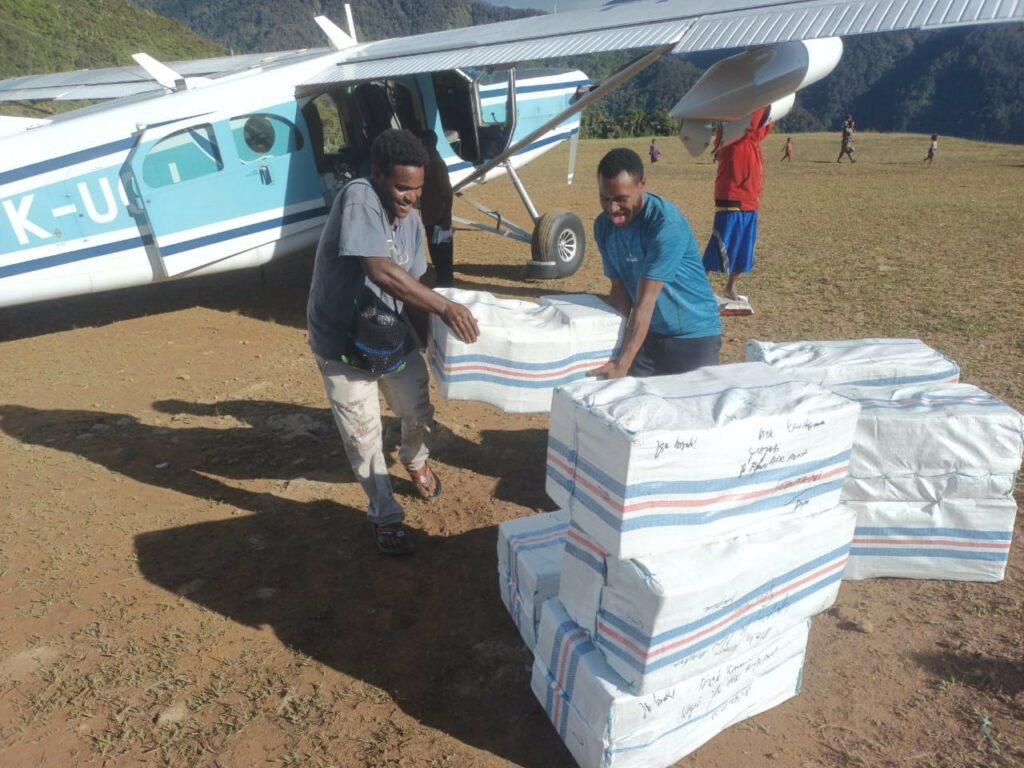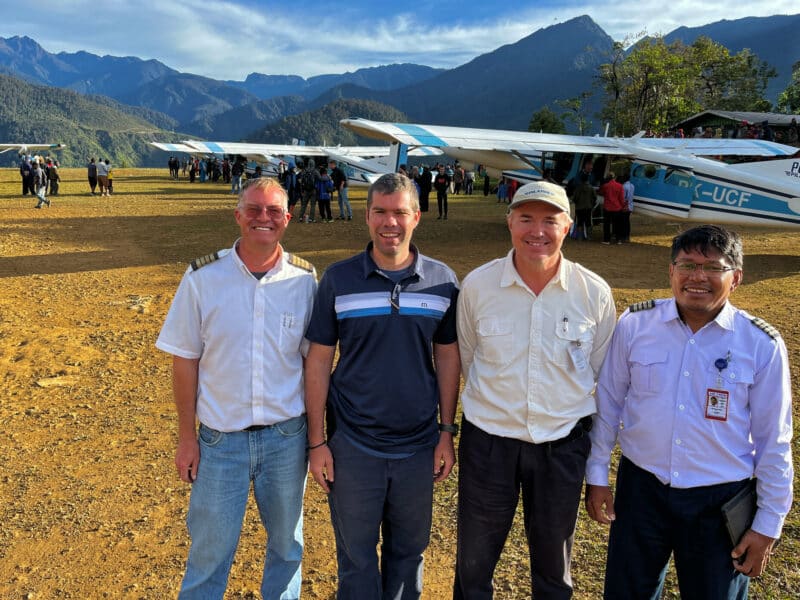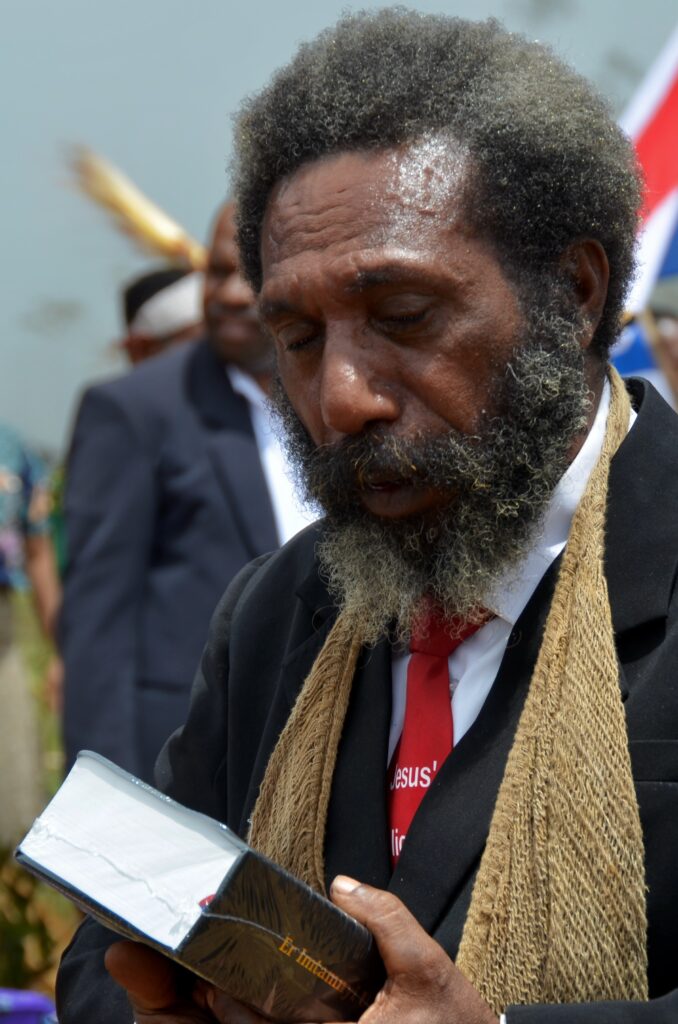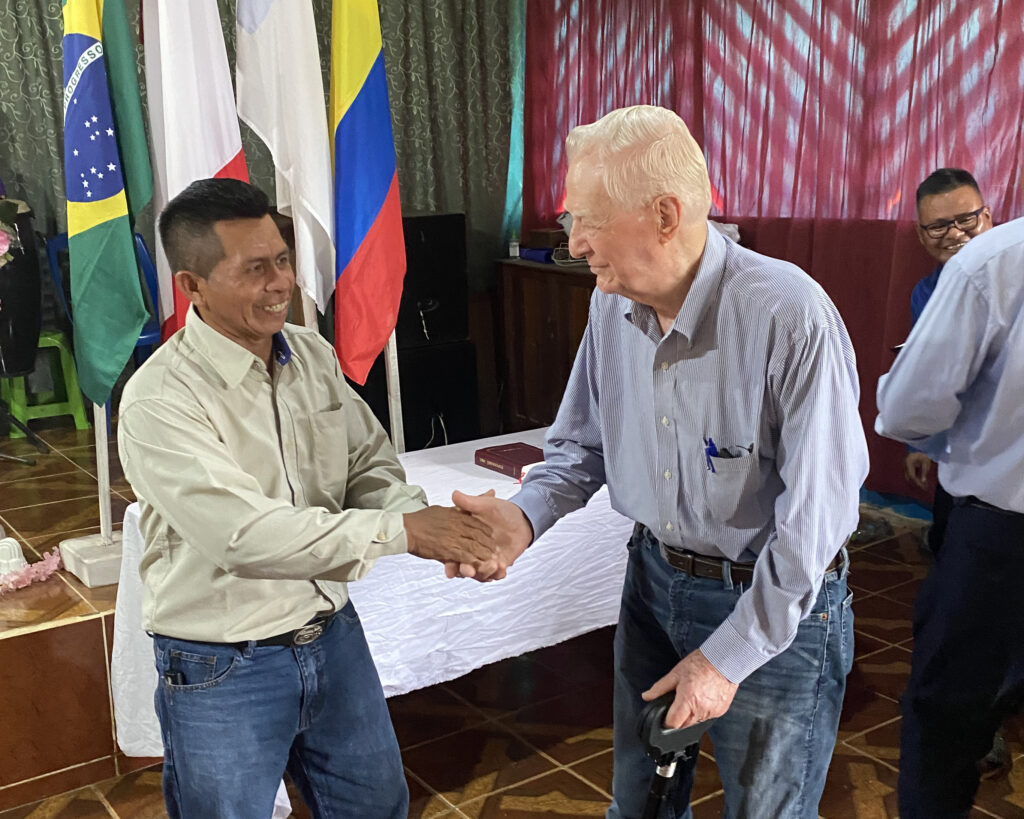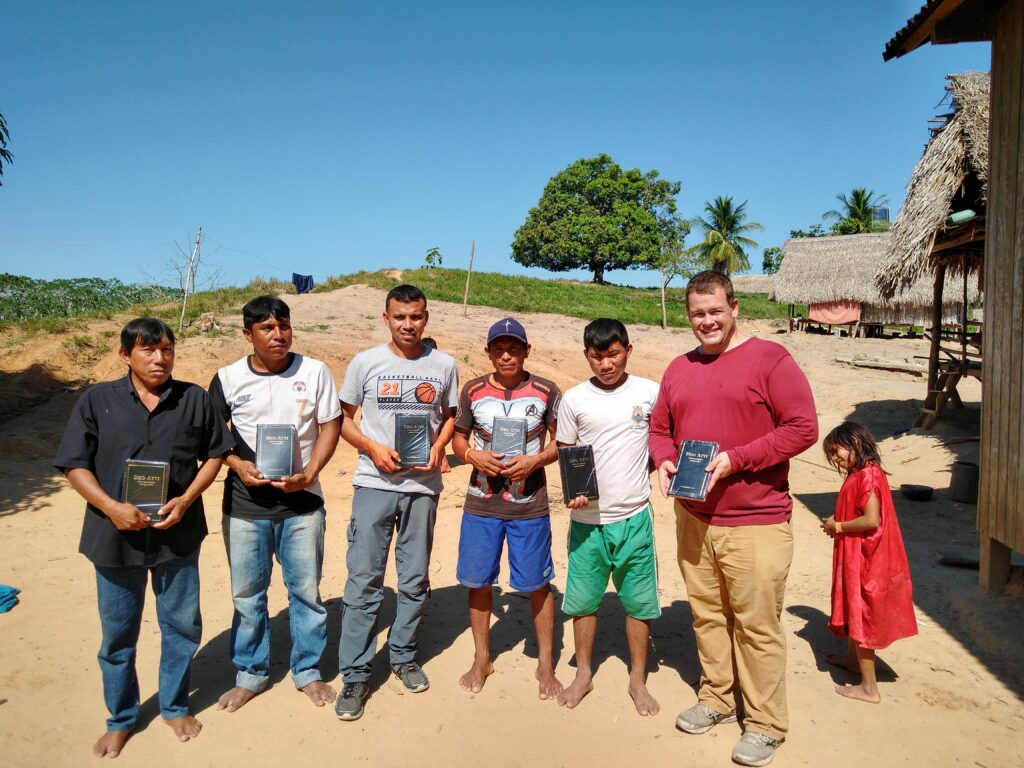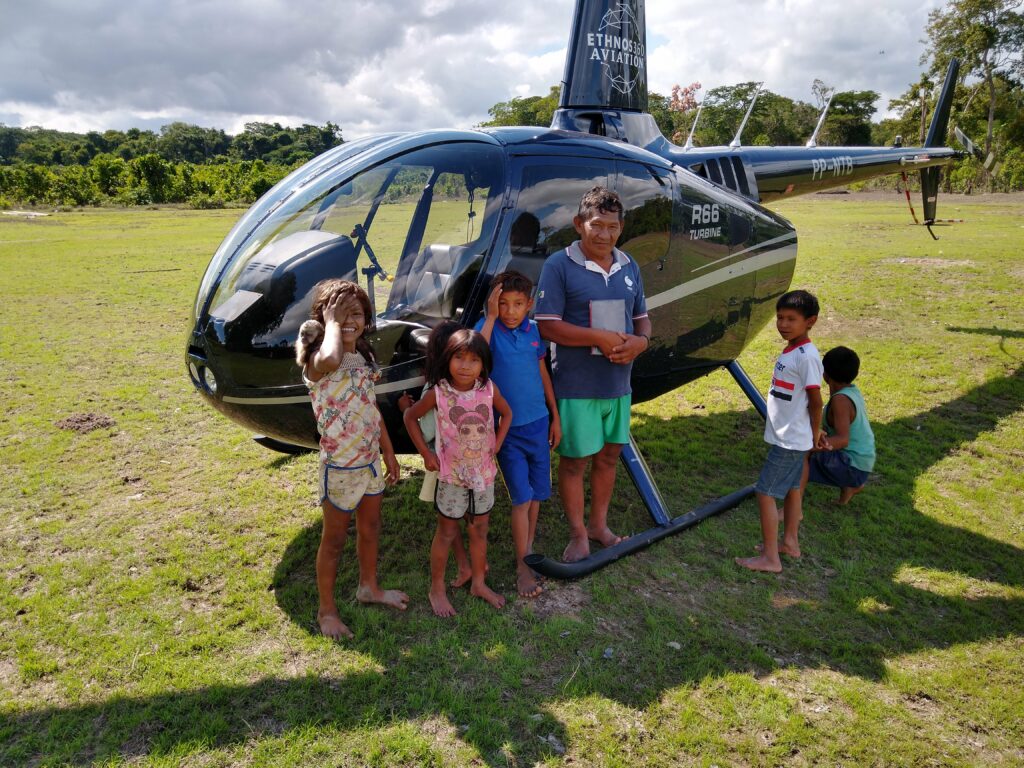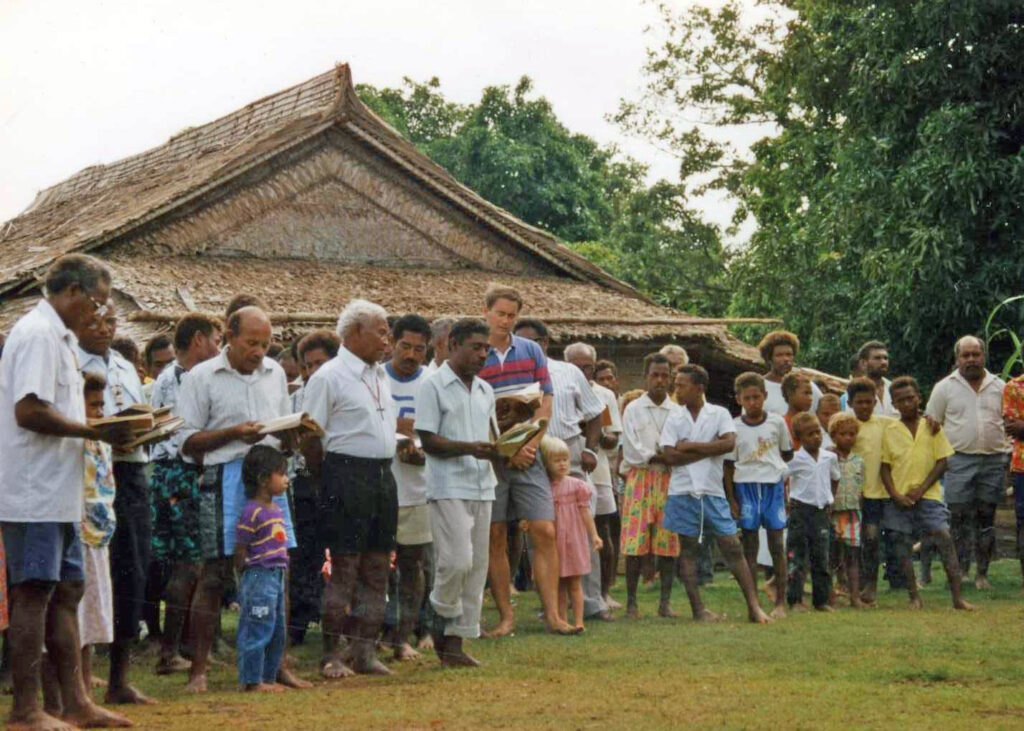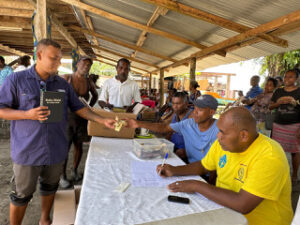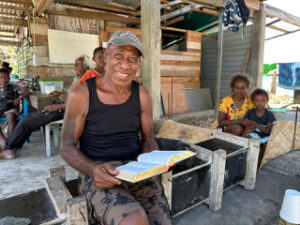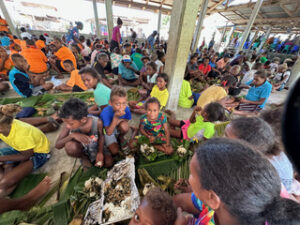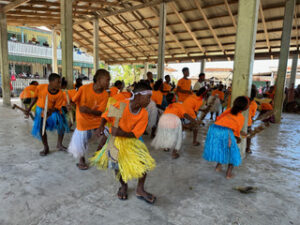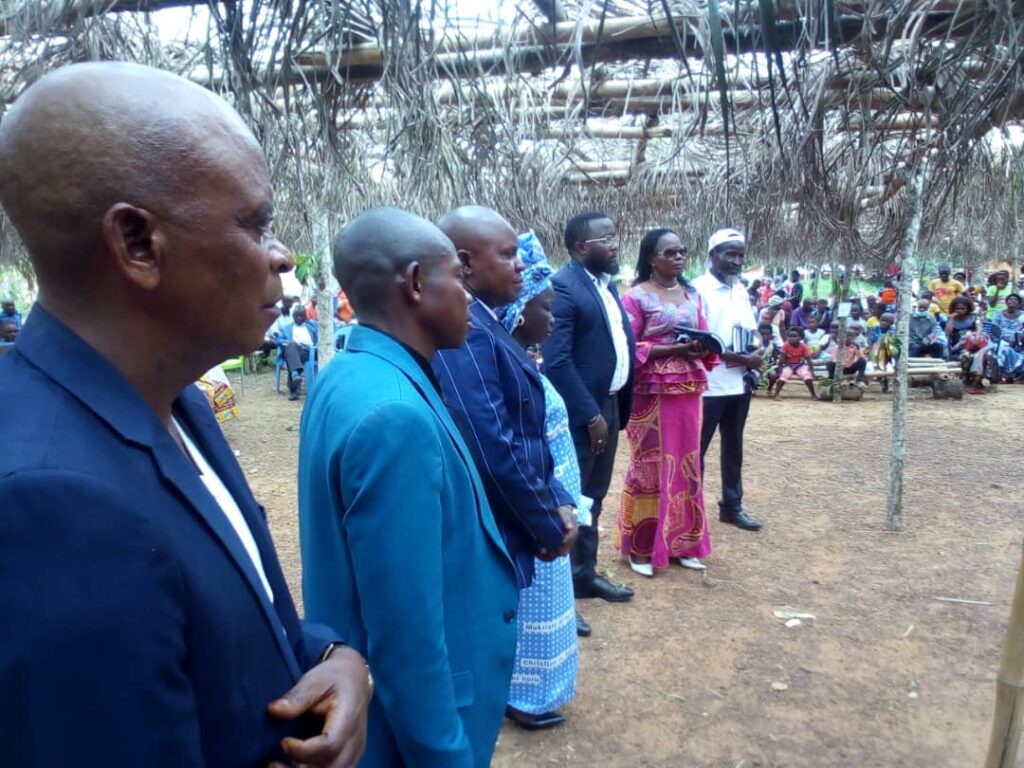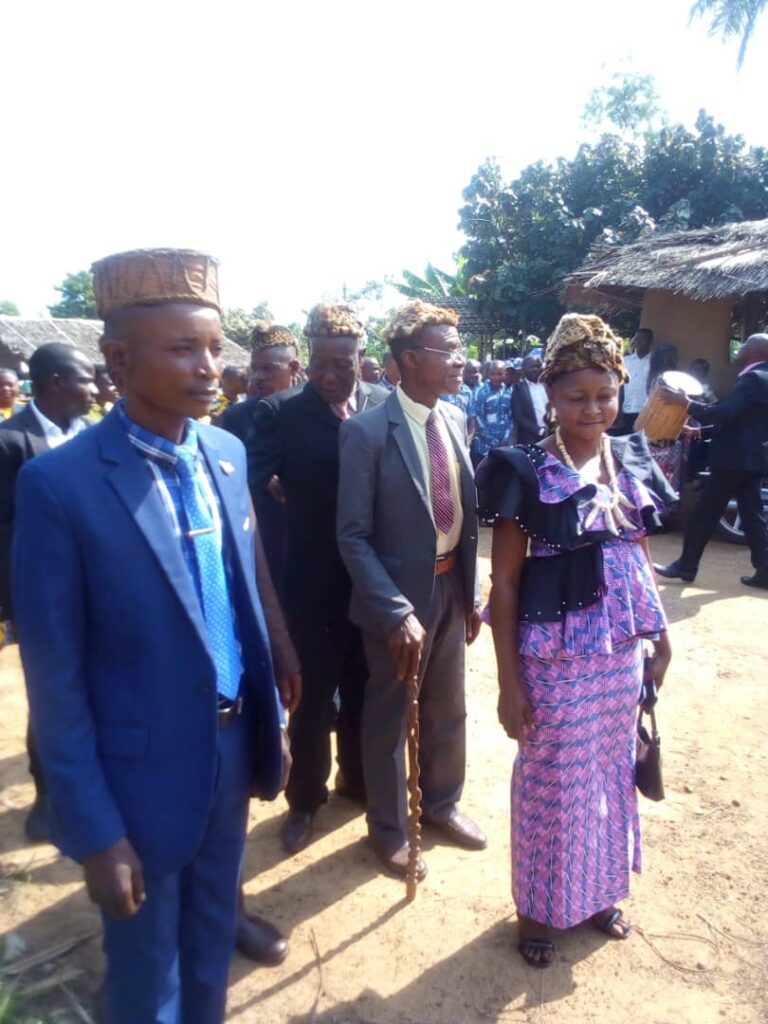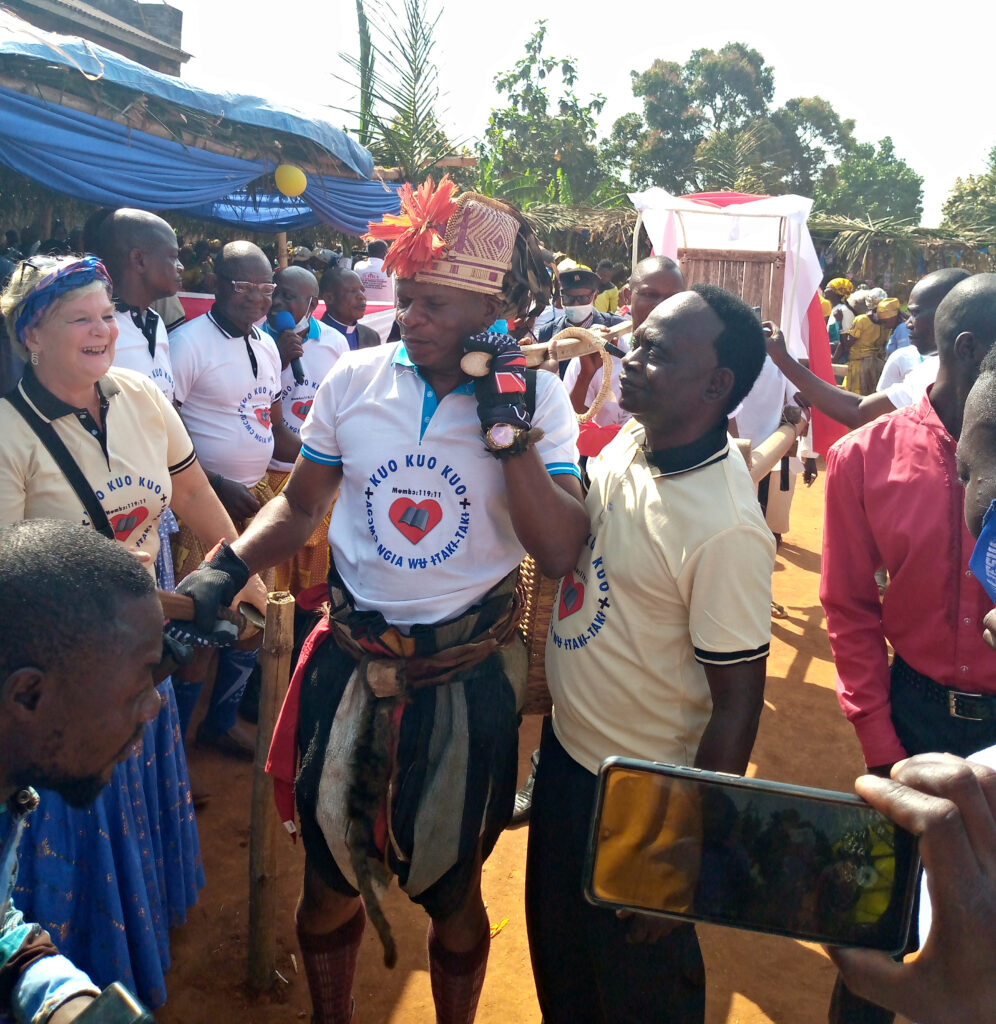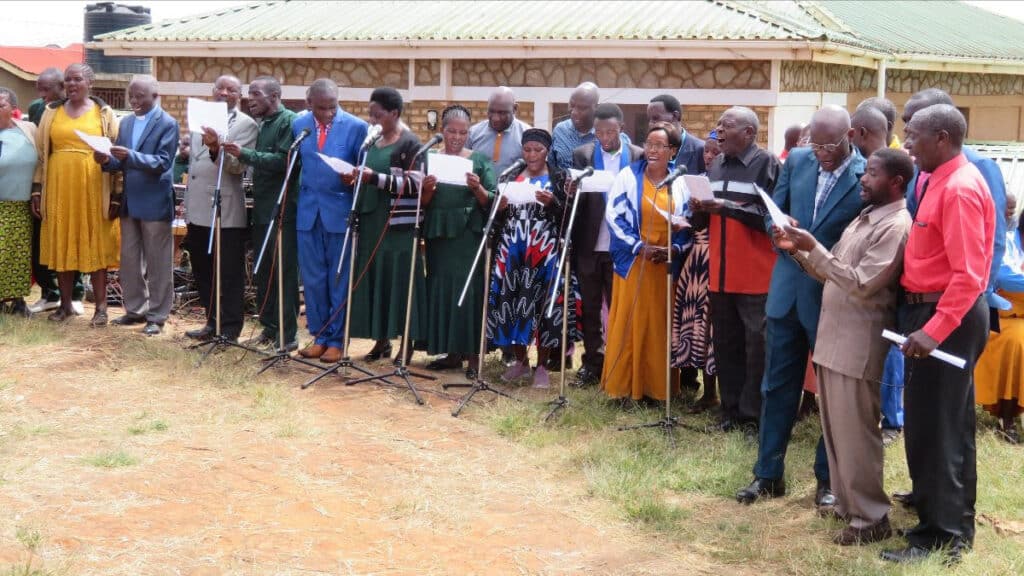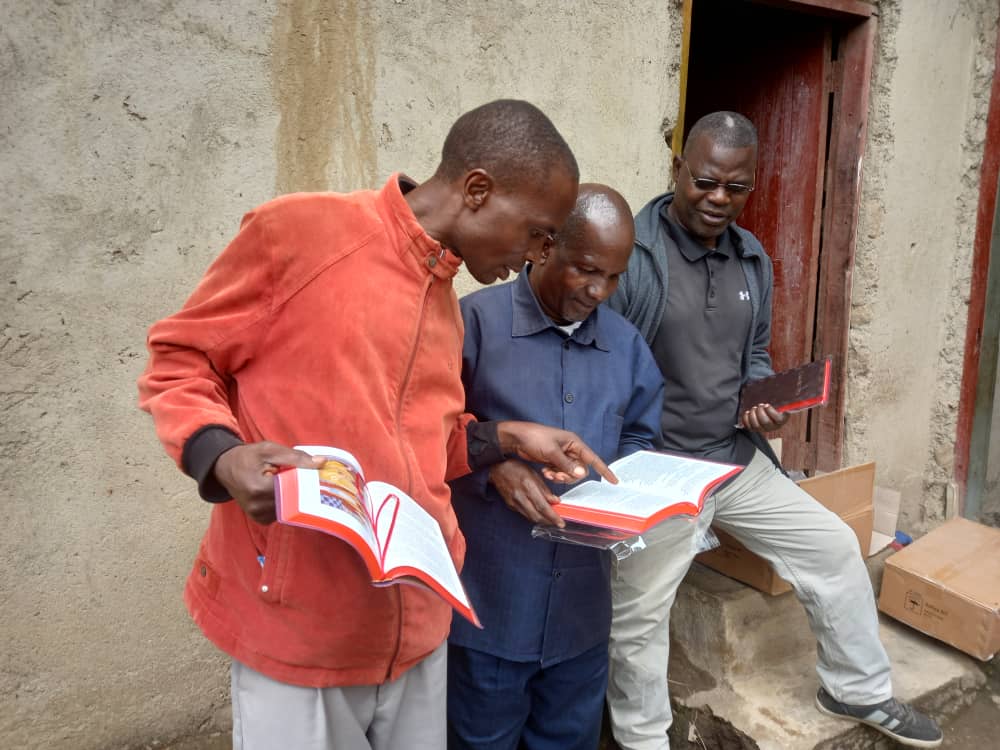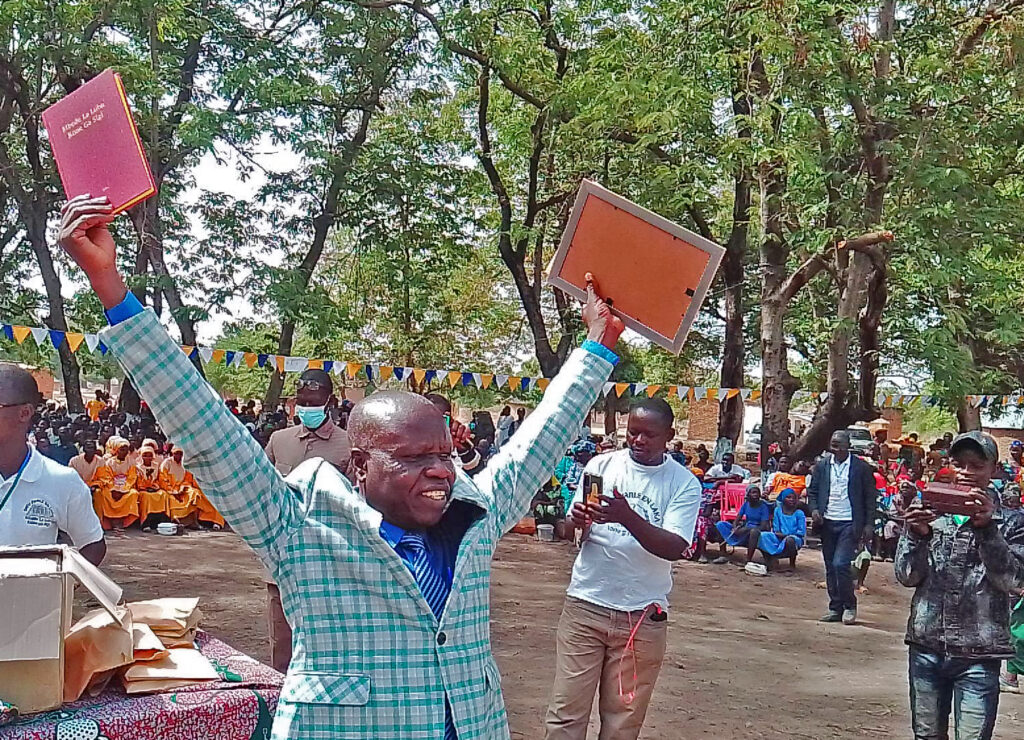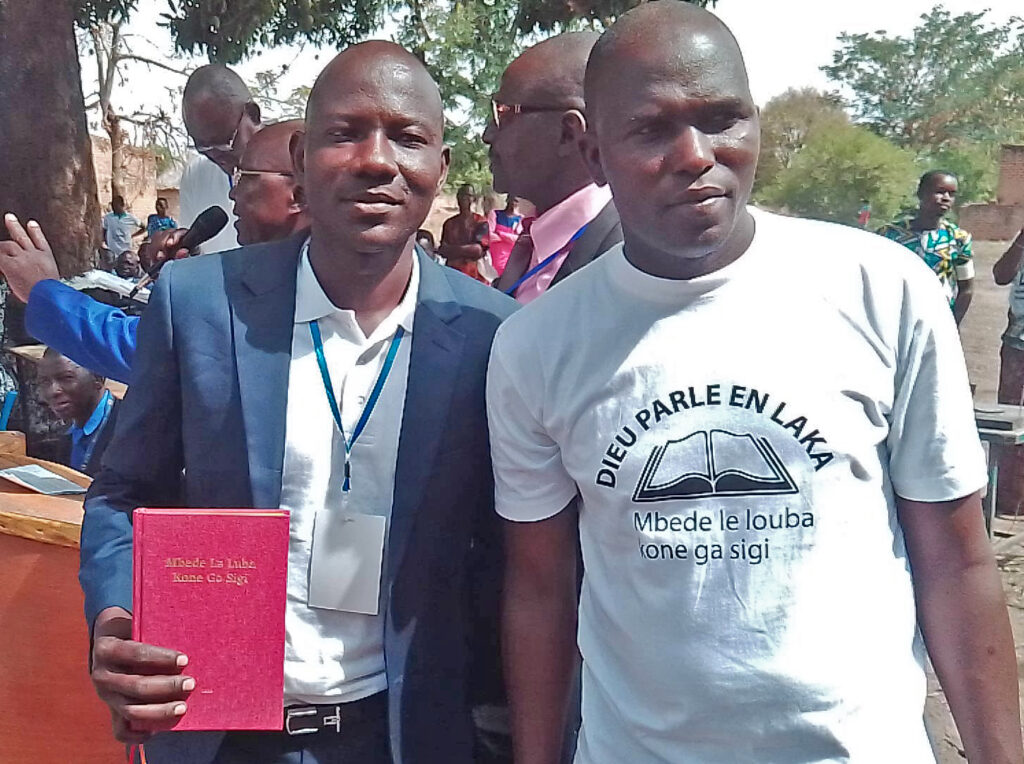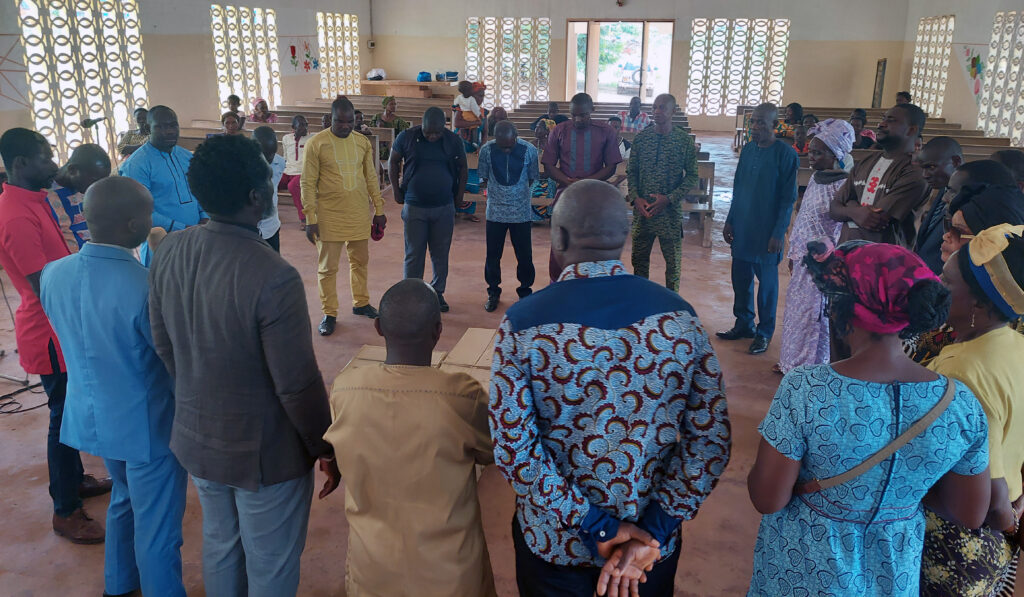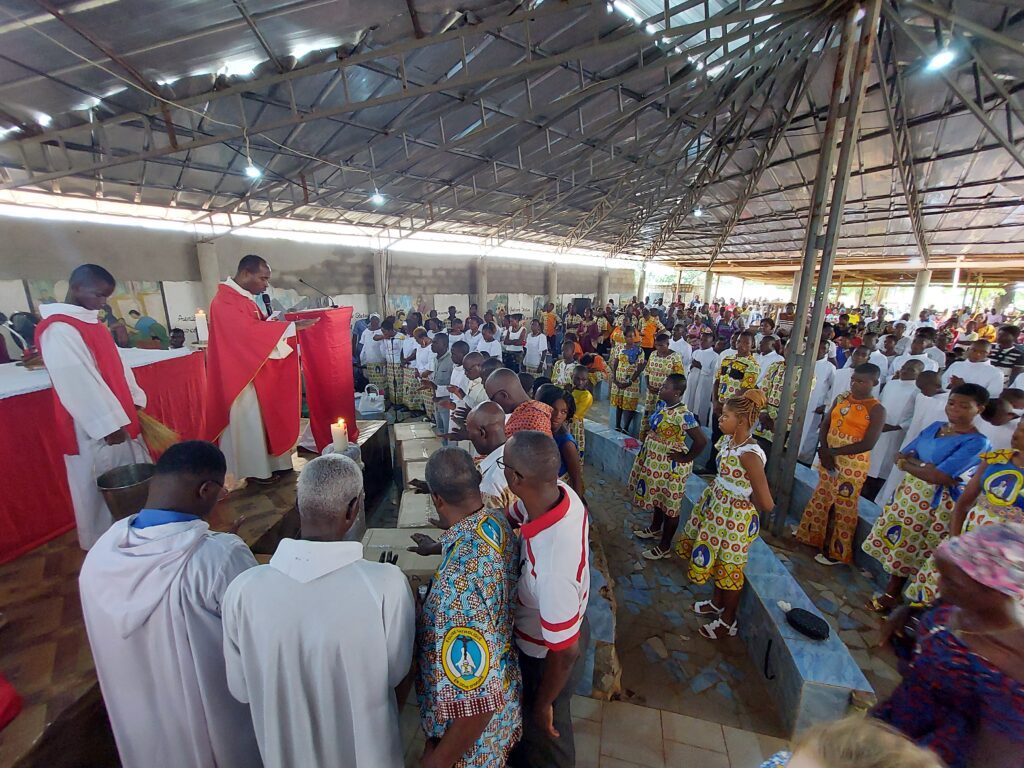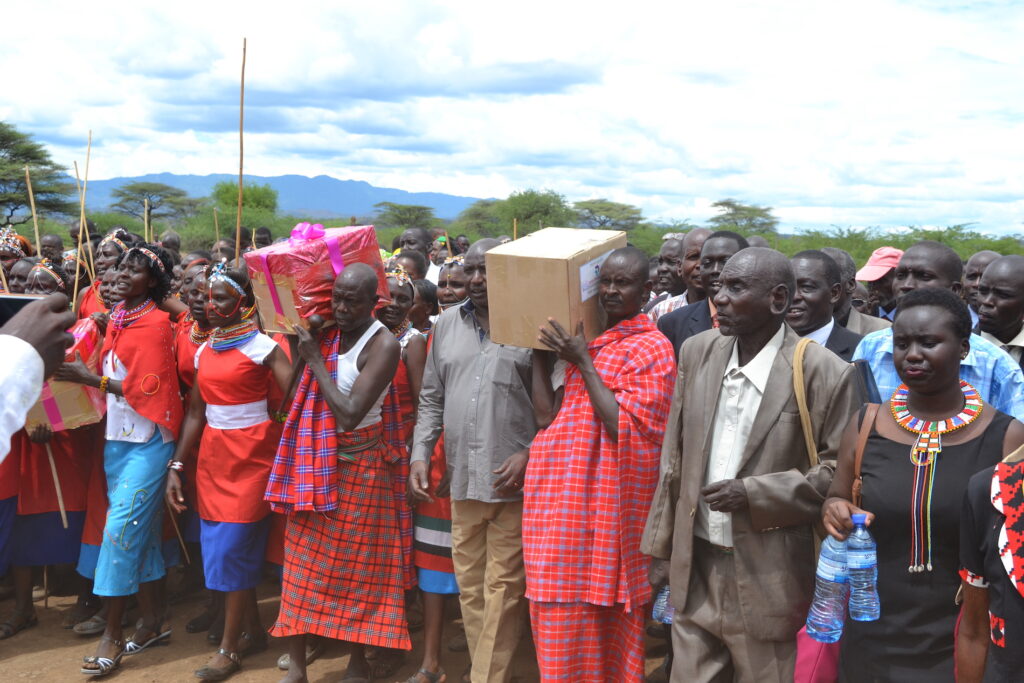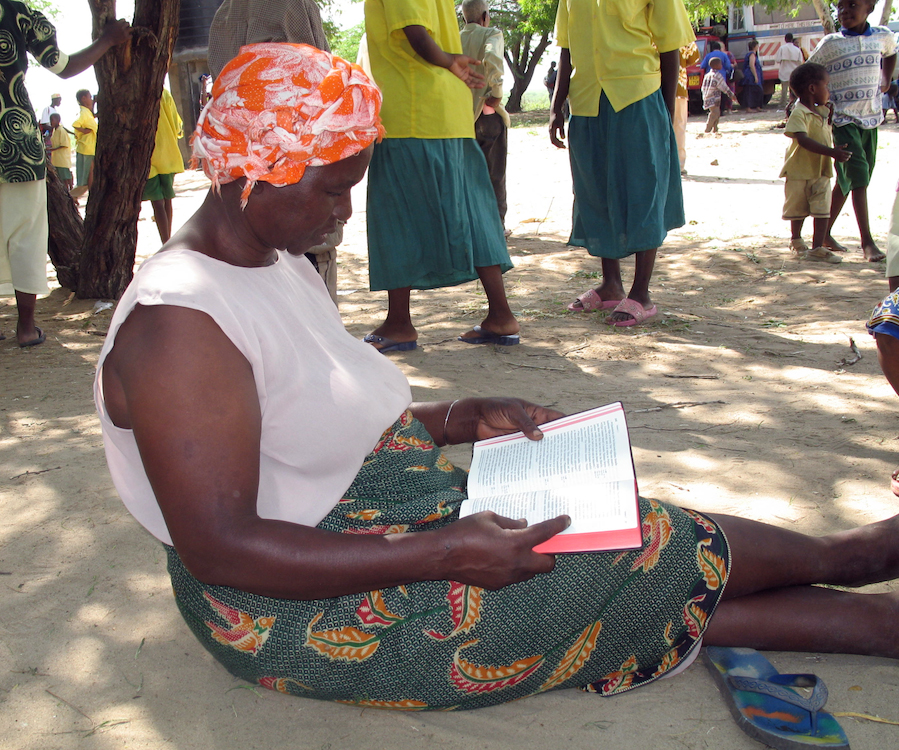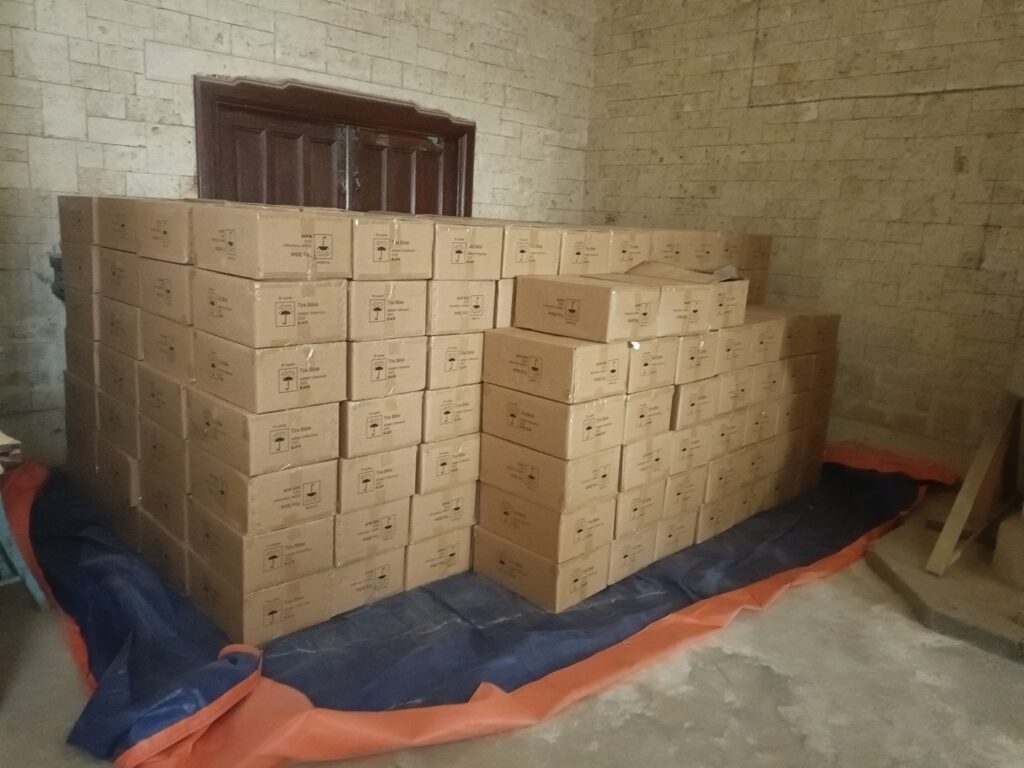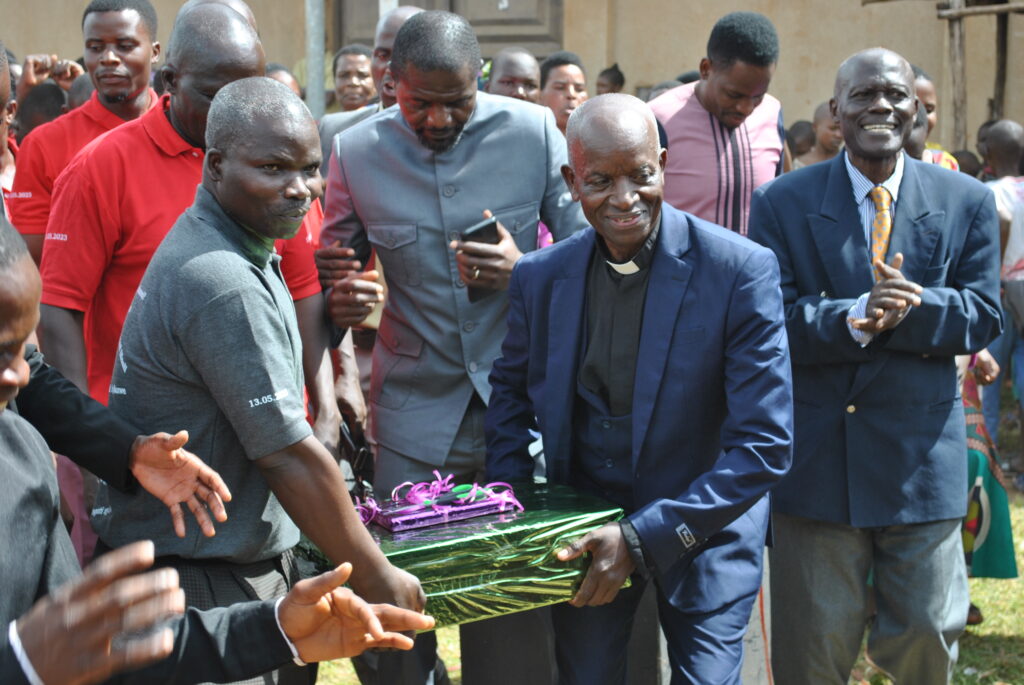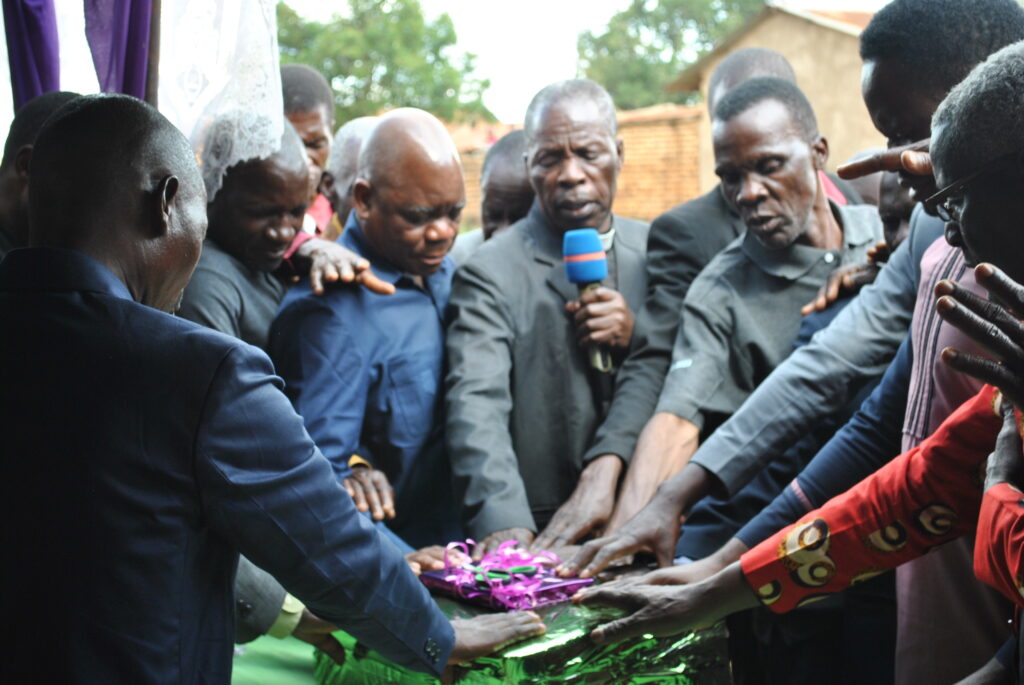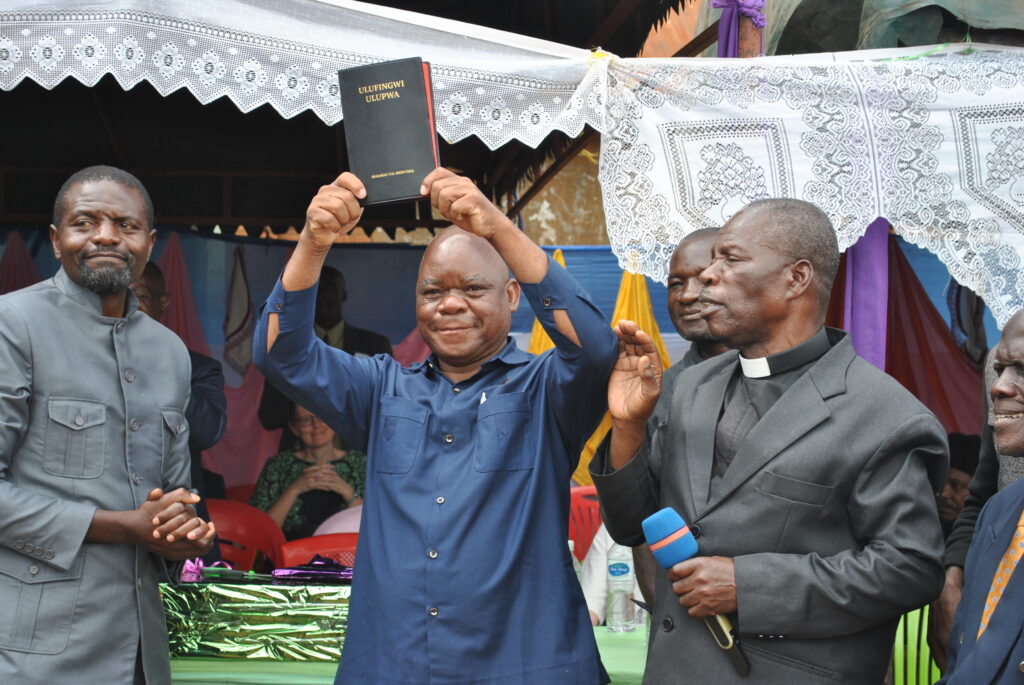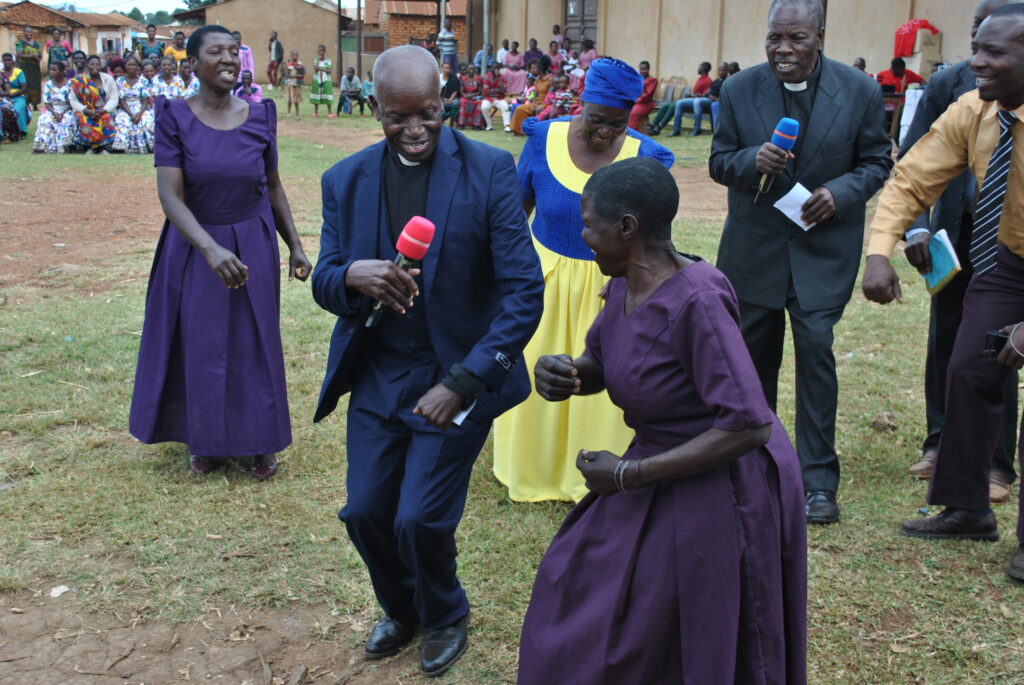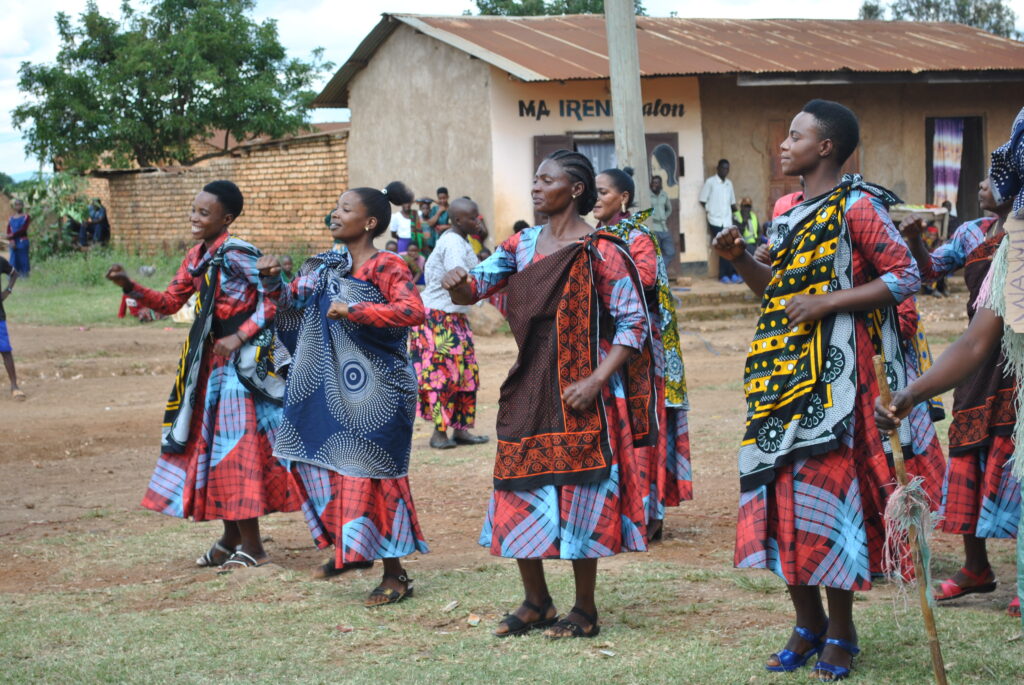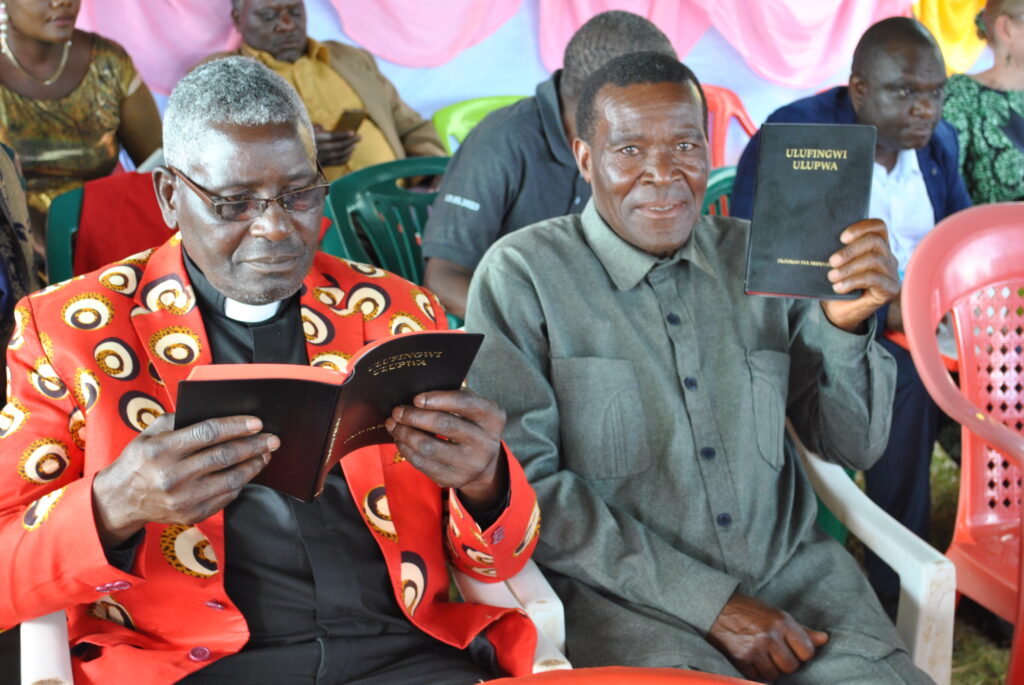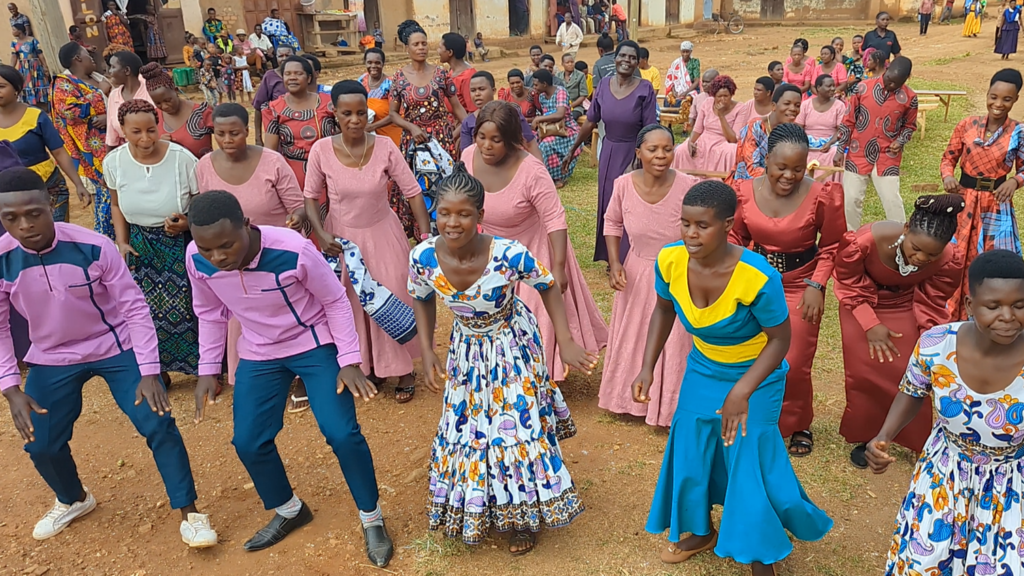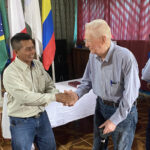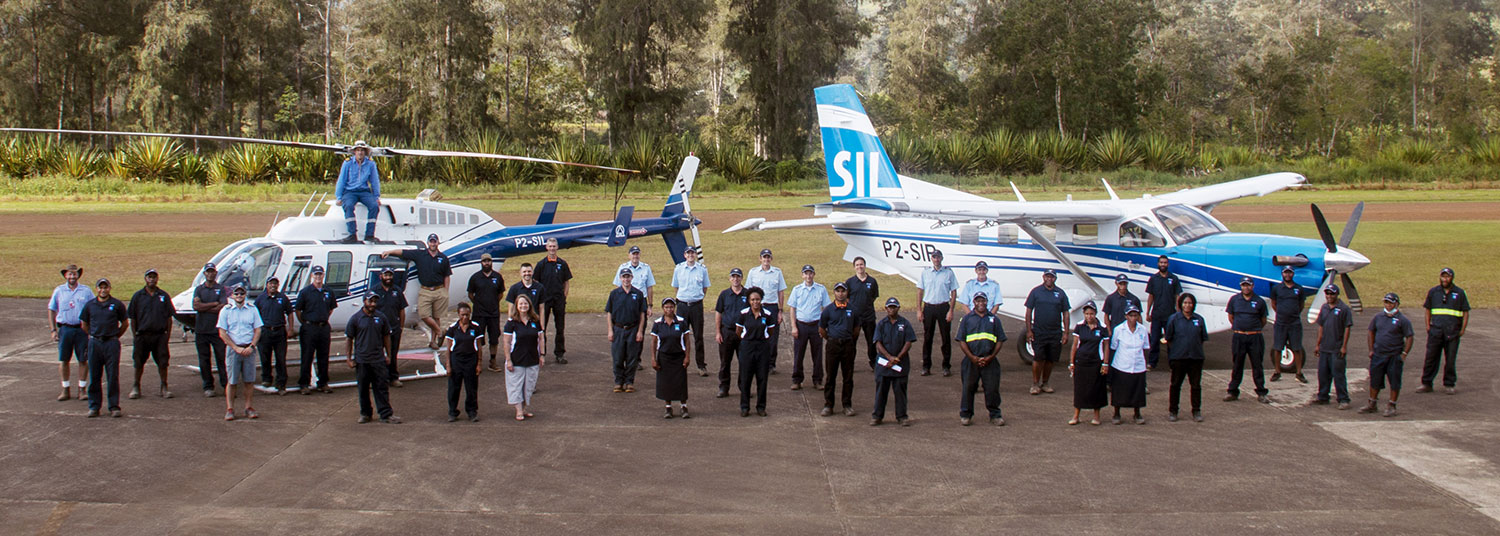Flying in the Clouds
If you’ve ever been stuck in a blinding snowstorm, you know the dangers of not being able to see clearly when you drive. How helpful it would be to have someone warn you of unseen hazards and keep you on the right track in such circumstances!
YAJASI, a mission aviation partner of JAARS that serves in Indonesia, does not encounter snowstorms in this tropical, mountainous country. However, since they upgraded from smaller Helio aircraft to PC-6 Porter airplanes several years ago, they fly more frequently in the clouds.
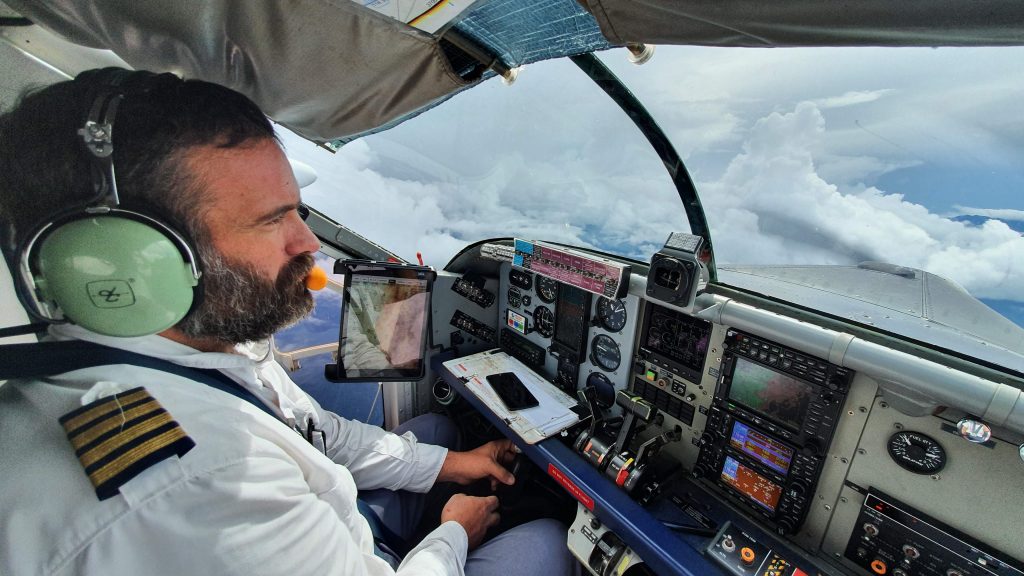
Compared to the piston-engine Helios used in previous years, the turbine-powered PC-6 flies more efficiently at higher altitudes. The ability to fly through cloud cover enables YAJASI to be more effective in their mission of reaching the Bibleless people with the gospel. Before, when they encountered clouds, they had to deviate far around the weather or turn back—they couldn’t fly through them. “Now,” Syd Johnsen, the Aviation Operations Coordinator for YAJASI, says, “we can get more work done without having to turn around and try again another day.”
But flying in the clouds presents some unique dangers. Instead of being able to see what’s around them, pilots must rely on information from their instruments. They must continually make small, incremental corrections to the ‘attitude’ of the airplane to keep it on course.
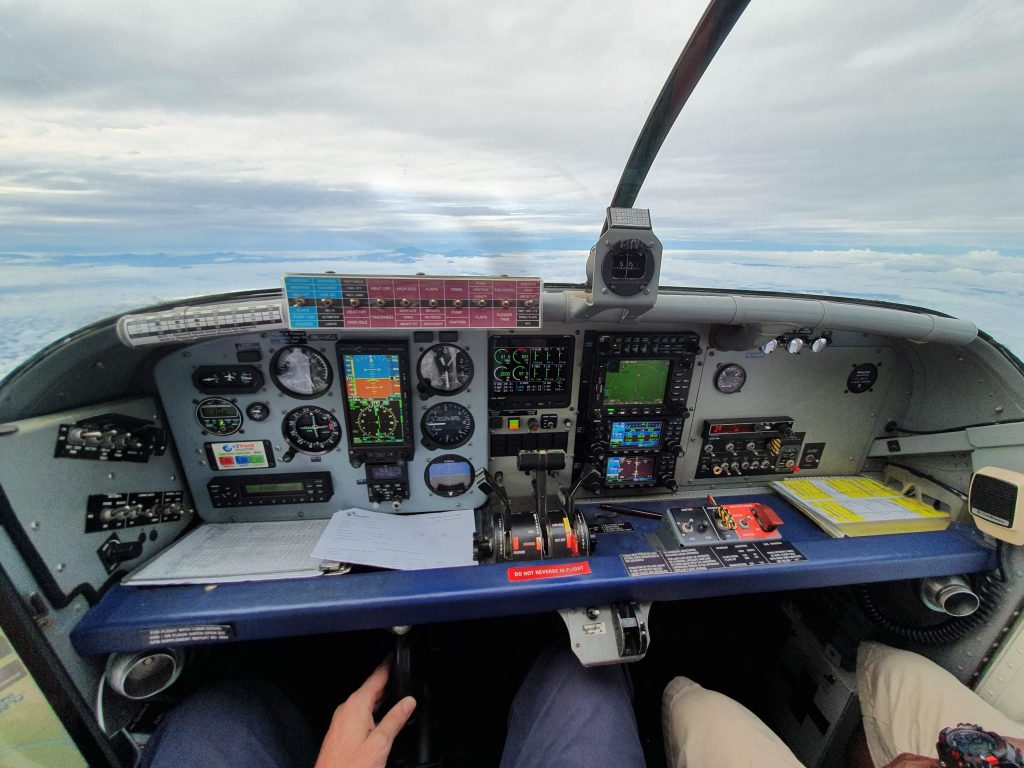
For these reasons, YAJASI has needed autopilots for their PC-6 aircraft. Like a copilot, an autopilot system can raise the level of safety. It will automatically adjust the aircraft’s position, enabling pilots to either spend their mental energy on some other task or save it for the difficult landings and take-offs they must make in this country, where so many runways are carved from the sides of mountains. In this way, the autopilots will reduce the workload for the pilot. “If I need to check on something,” Syd explains, “I can leave the autopilot flying. I can spend more time reading up on the problem rather than having to concentrate on flying the airplane and troubleshooting the problem at the same time.”
Support from people like you has enabled JAARS to collaborate with YAJASI in obtaining FAA certification for the use of an S-TEC 3100 autopilot system in their PC-6 aircraft. JAARS is providing a PC-6 and a pilot, Tom Beekman, for the certification process, performed by a company in Texas.
JAARS has also invested in this autopilot system for our PC-6—the one that is in use in Texas for the certification. This autopilot will enable pilots who are training at JAARS for service in places like Indonesia and Papua New Guinea to learn how to use the autopilot effectively at JAARS before they reach the field—saving them and our aviation partners precious time and resources.
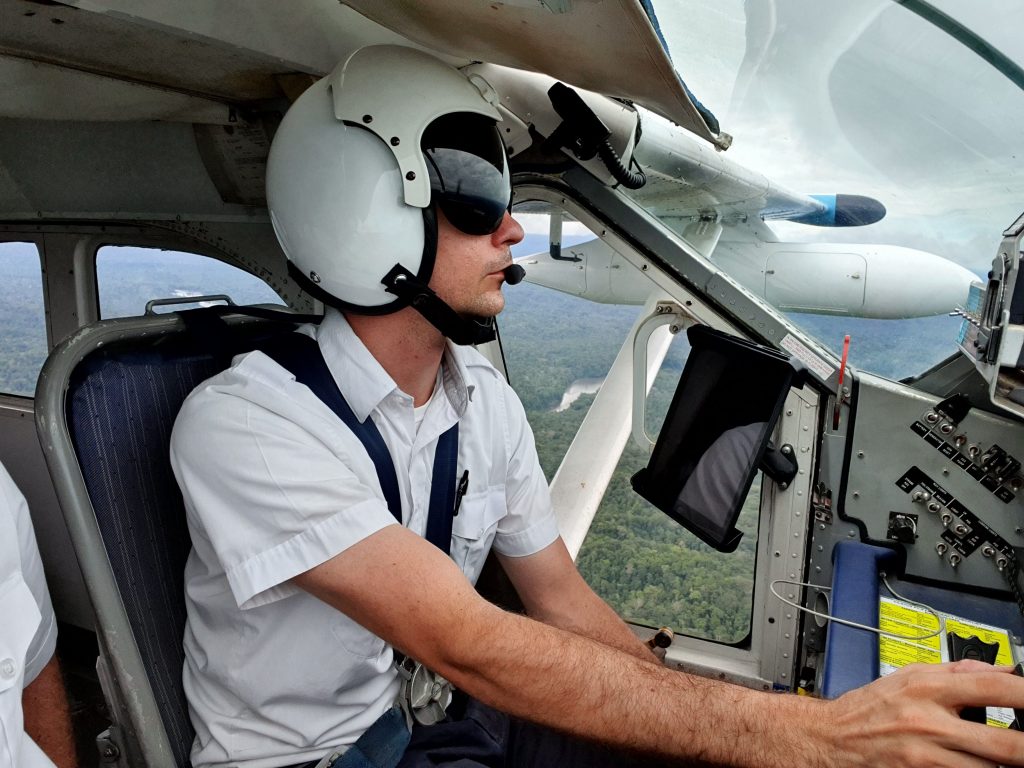
According to Syd, YAJASI’s pilots will need a higher level of training because most of them don’t have much experience with autopilots. “Fortunately,” Syd Johnsen says, “we have a simulator that we can do autopilot training on. It’s not the exact same autopilot [that will be on our aircraft], but it will transfer most of the knowledge and most of the scenarios to help the pilots know what to watch out for.” This simulator was provided by people like you giving to JAARS. Thank you!
Through the years, YAJASI has served translation teams by distributing 13 completed New Testament translations, with more Old and New Testament translations in progress. Even during the COVID-19 pandemic, YAJASI continued to serve the Auye people as they dedicated their New Testament in September. For 32 years YAJASI had flown the translators back and forth to their villages. Now, the Auye people have the complete New Testament in their language! Praise God!
To ensure the safety and efficiency of JAARS-trained pilots as they fly through the clouds in remote places, consider giving to Aviation Solutions. Thank you!

